
Sightseeing and attractions in Toruń
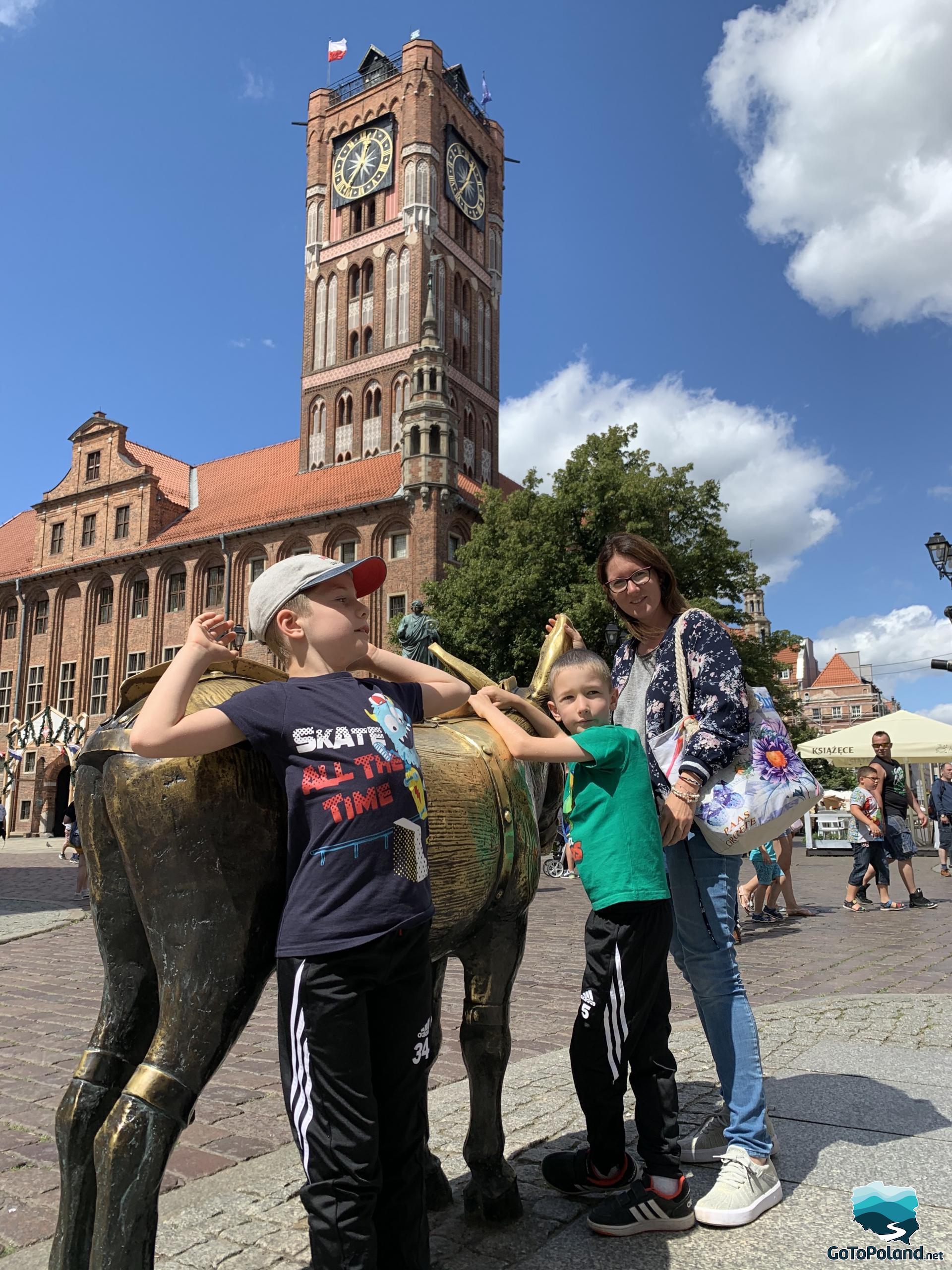
The city of Nicolaus Copernicus with one of the best universities in Poland (Nicholas Copernicus University), the city whose Old Town is inscribed on the UNESCO list, the city which is the nationwide seat of the League of Polish Cities and UNESCO Sites, the city that smells of gingerbread, through which flows the largest river in Poland, the Vistula, the city that was founded by the Teutonic Order - this is Toruń.
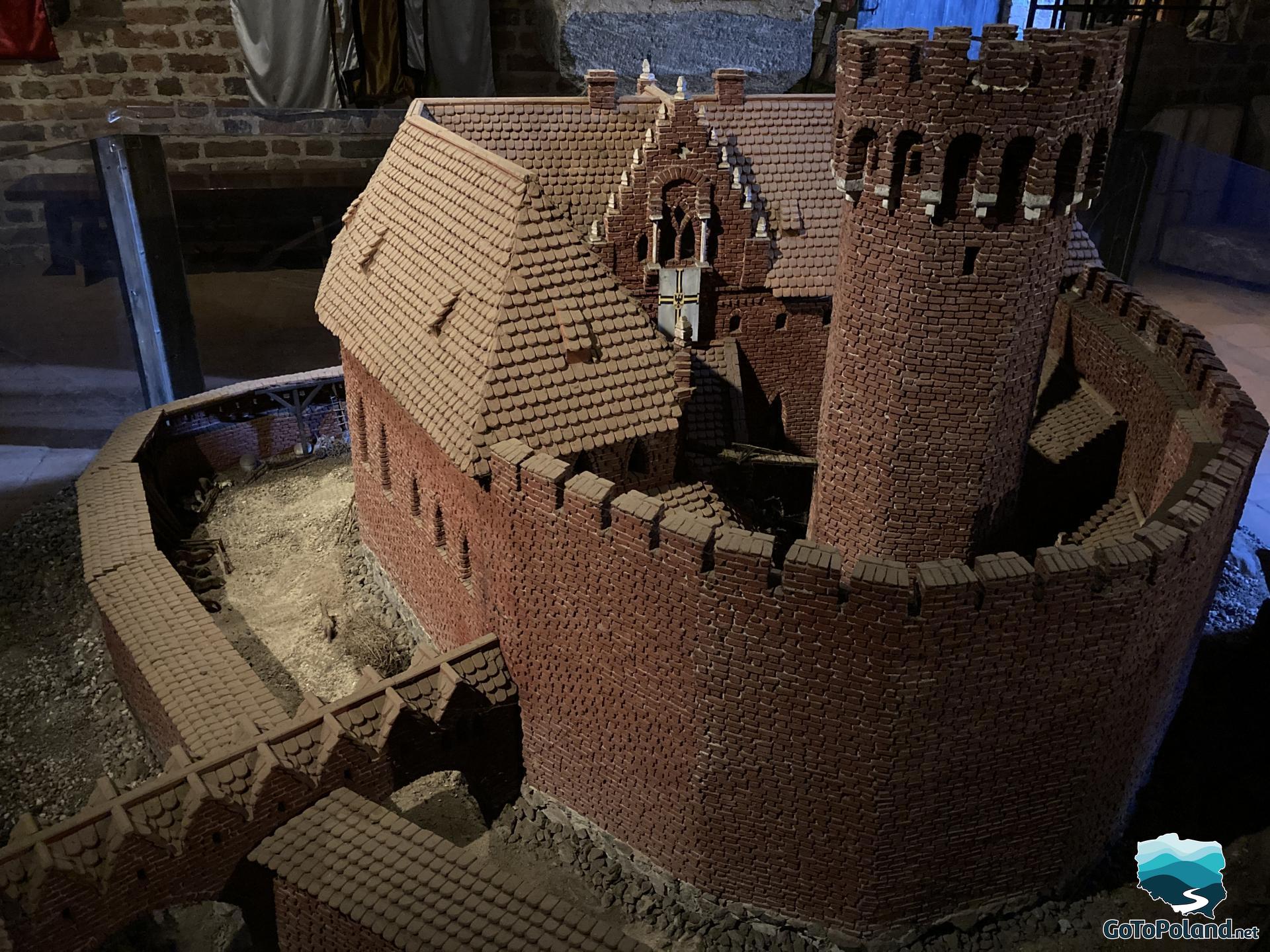
What enchanted me the most in this city was the combination of old and new. When we were walking the streets and in the ruins of the Teutonic Castle, we could feel the spirit of old times. Being at the house of Nicolaus Copernicus, I had the impression that we had moved to his times and together with the famous astronomer, we were creating a new history. Participating in gingerbread baking workshops, for a moment we felt like old confectioners. Toruń is a beautiful city that has a lot to offer and show. Visit Toruń with me.
More information about Toruń you can find on Wikipedia
How far is it from Warsaw to Toruń?
The distance from Warsaw to Toruń is 259 km.
What to see in Toruń
Toruń is an amazing and beautiful city. I recommend visiting the Old Town in Toruń, all these wonderful tenement houses, including the house of Nicolaus Copernicus. I highly recommend taking part in gingerbread baking workshops (it's great fun not only for children, but also for adults). Toruń has a pleasant promenade on the Vistula River. It is also impossible to miss the Leaning Tower, the Teutonic Castle and the entrance to the Town Hall tower from where there is a beautiful panorama of the city.
The Old Town Hall and the Town Hall Tower opening hours
The Old Town Hall is closed on Mondays
From May 1 to September 30
Tuesday - Sunday 10:00 - 18:00
From October 1 to April 30
Tuesday - Sunday 10:00 - 16:00
The Town Hall Tower is open every day
From 1 January to 31 March and from 1 November to 31 December
10:00 - 16:00
From 1 to 30 April and from 1 to 31 October
10:00 - 18:00
From May 1 to September 30
10:00 - 20:00
I invite to see this wonderful city in my photos :)
The castle in Toruń was one of the oldest buildings of this type erected by the Teutonic Knights. It began to be built around the middle of the 13th century. In the photo you can see Gdanisko. Gdanisko was a kind of tower located outside the line of defensive walls and connected to a covered castle. Gdanisko served as a latrine. Equipped with shooting ranges, it also had defensive functions. Gdaniska was built in such a way that all the impurities from the toilets fell into the moat, and the water flowing below ensured their removal.

The castle wasn't captured by foreign invaders. However, it was destroyed by its closest neighbors - the townspeople of the Old Town of Toruń, who besieged the stronghold at the beginning of February 1454. The inhabitants of Toruń captured the castle and immediately proceeded to its planned and almost complete demolition. In the castle courtyard, a municipal garbage dump was arranged, which functioned here for the next centuries.
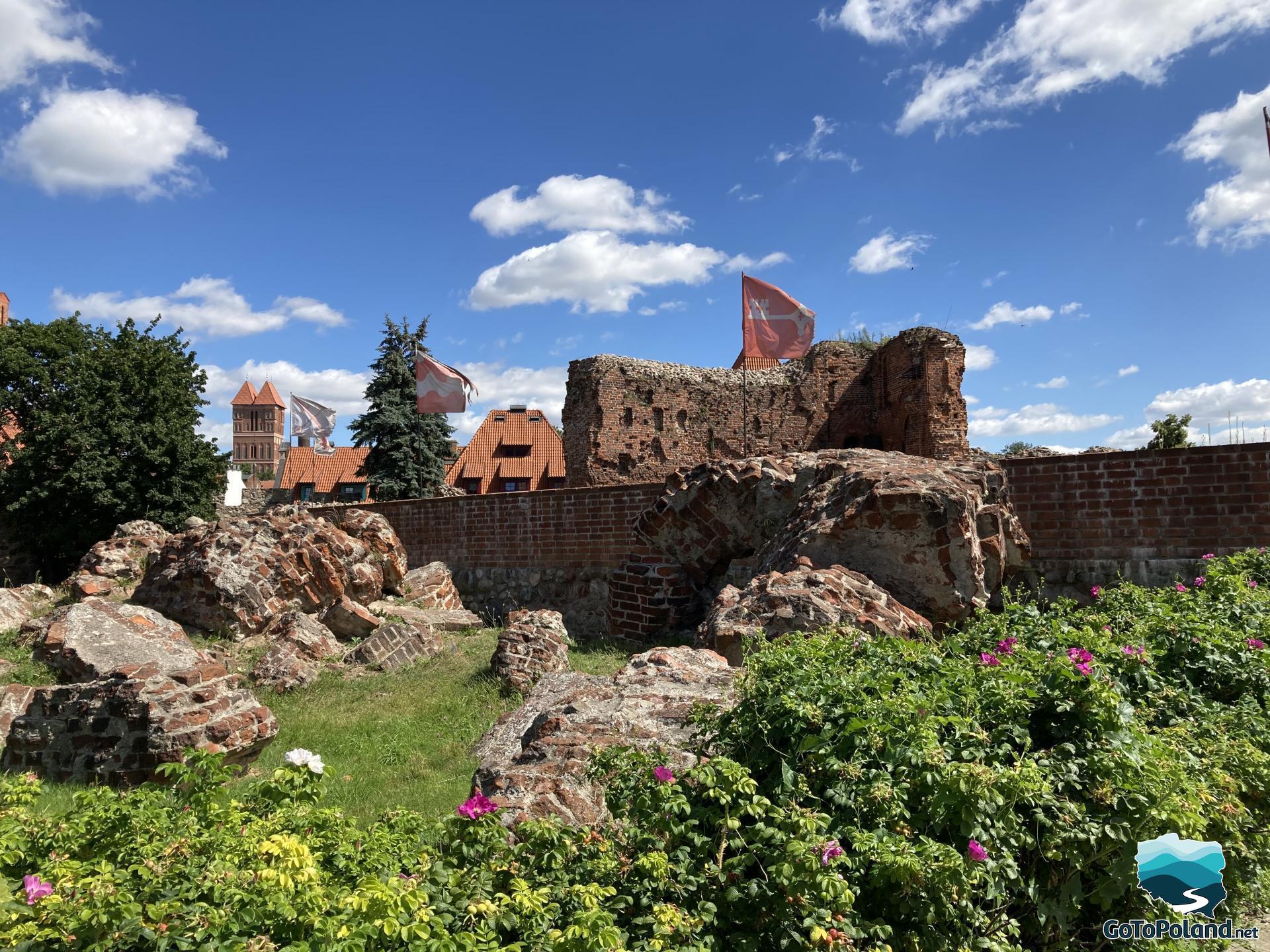

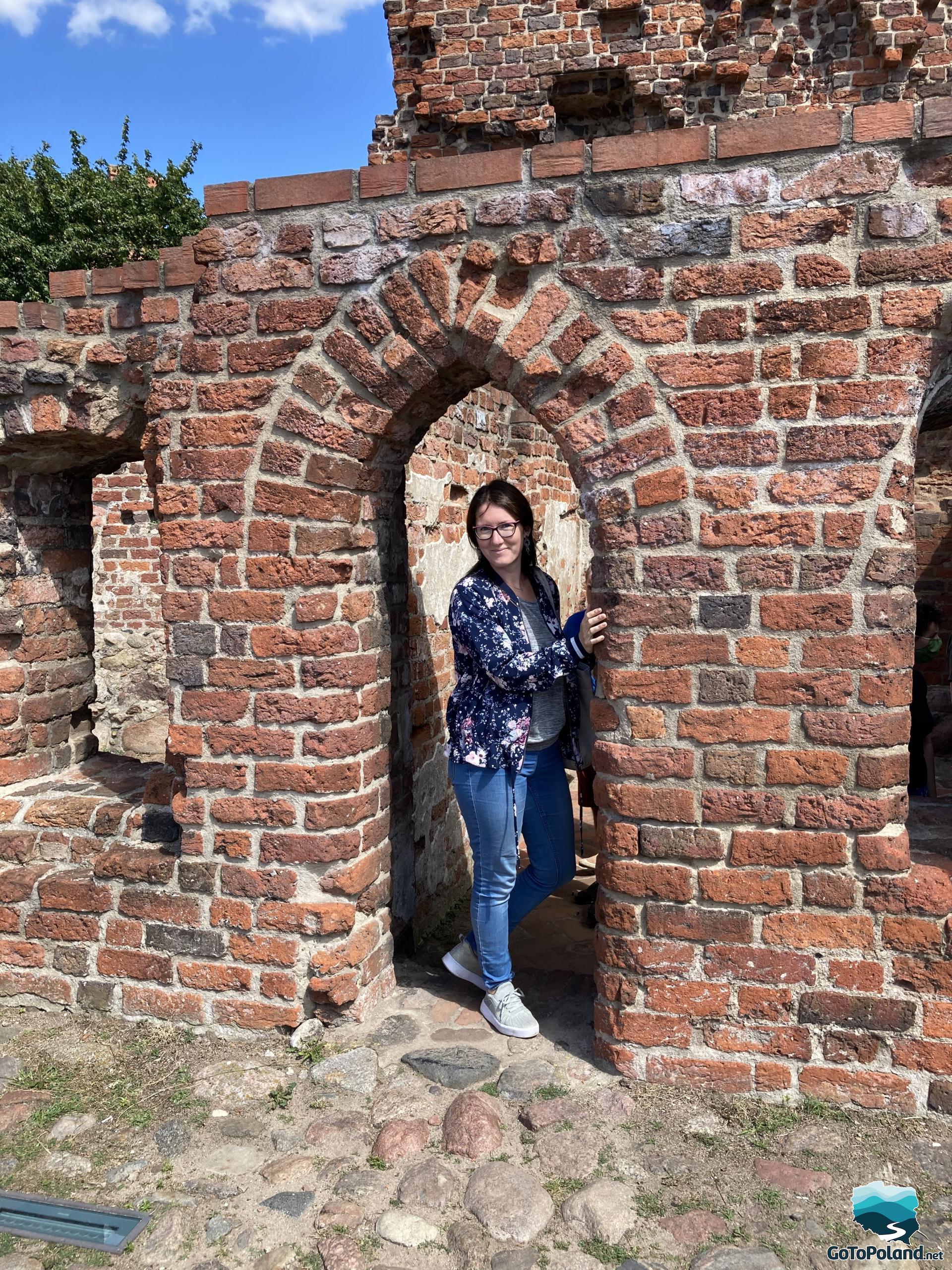 | 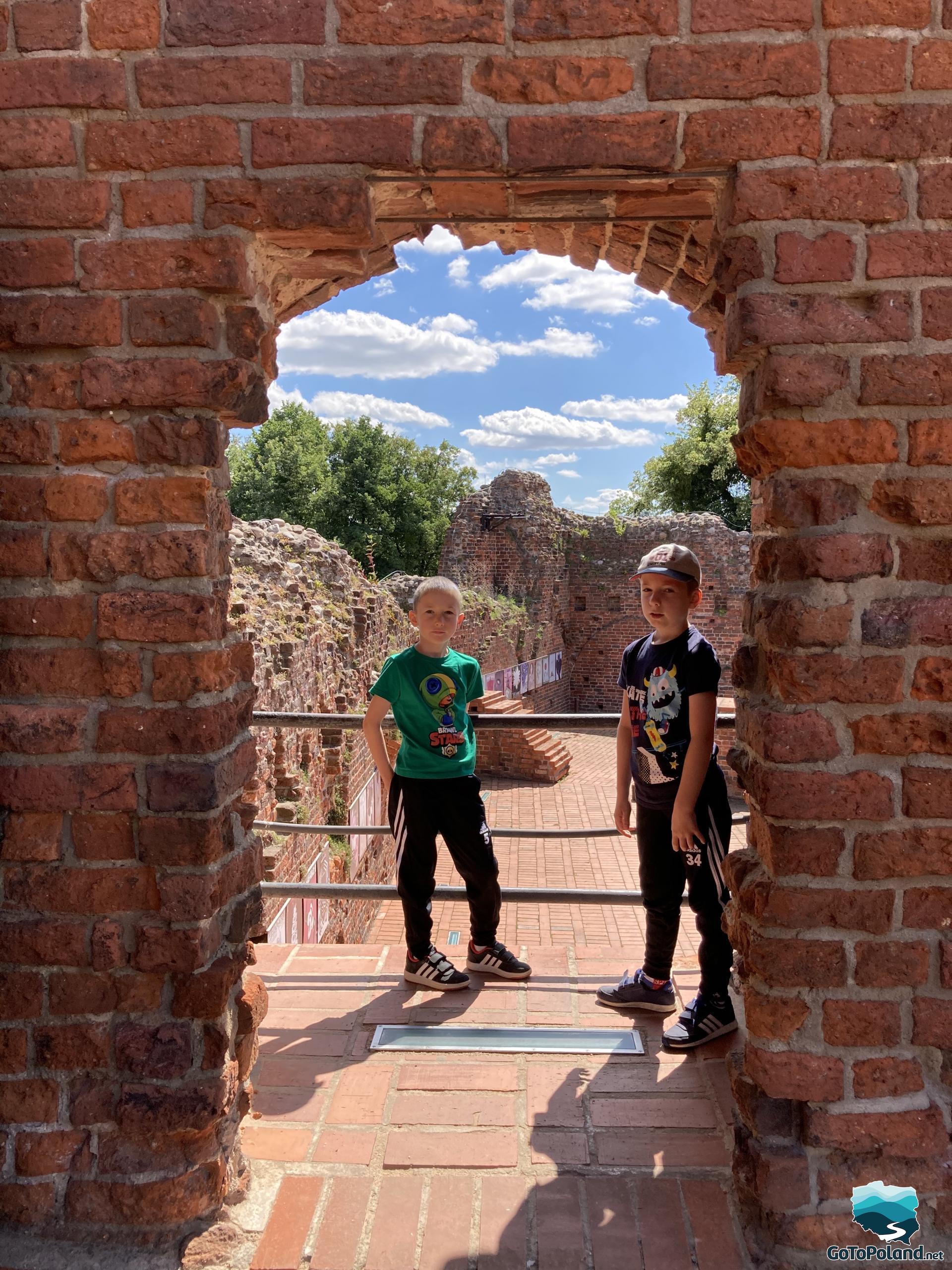 |
Behind the high wall of the main castle there was a multi-storey building with a chapel, a refectory and a dormitory where Teutonic knights lived. The basement of this building was used as food storage, necessary in case of a siege. In the middle of the courtyard stood a tall, free-standing tower used as a place of last defense, but also as a viewing point from which fire or smoke could be used to give a signal of approaching danger. Water was supplied by the castle well.
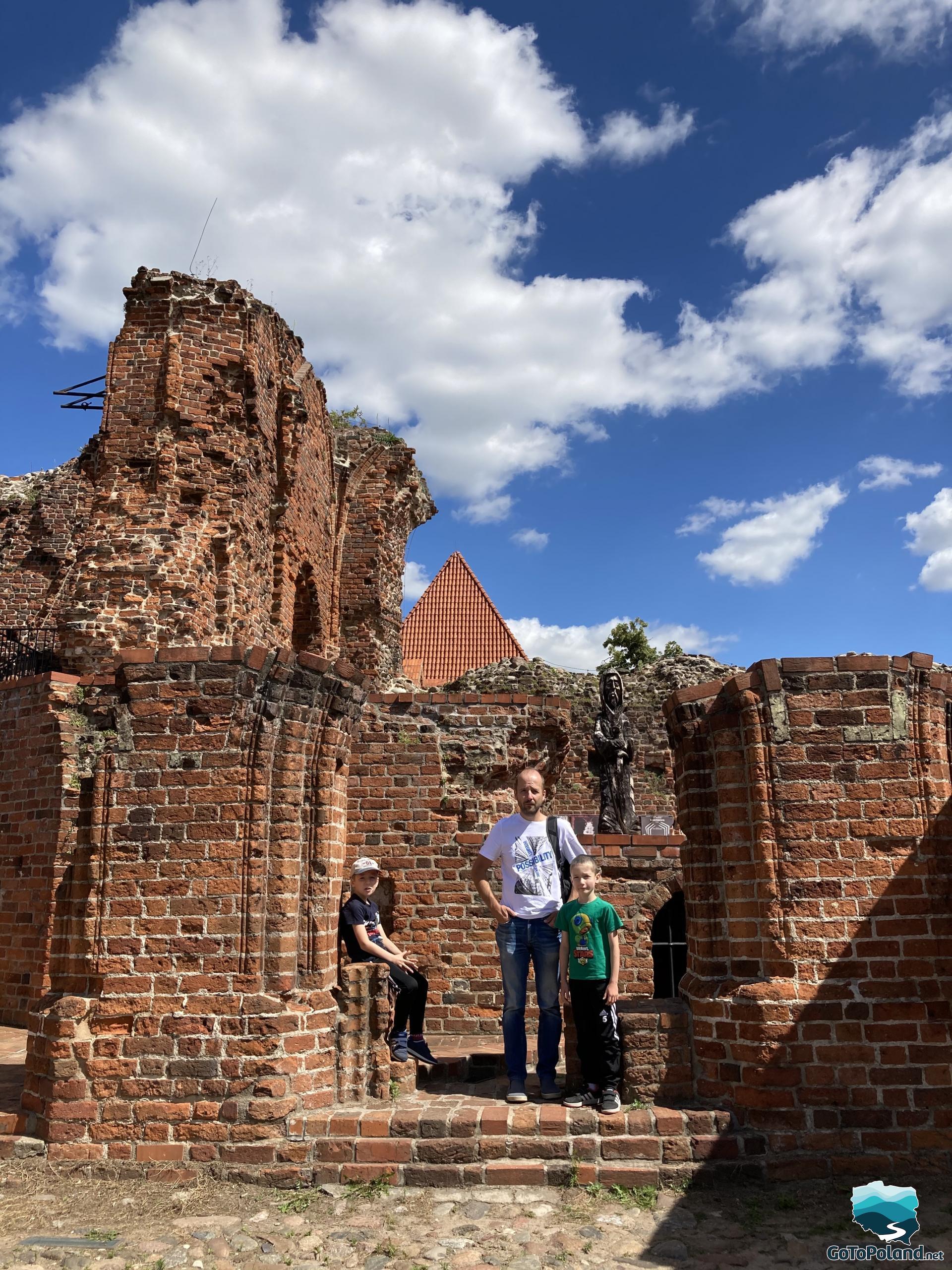
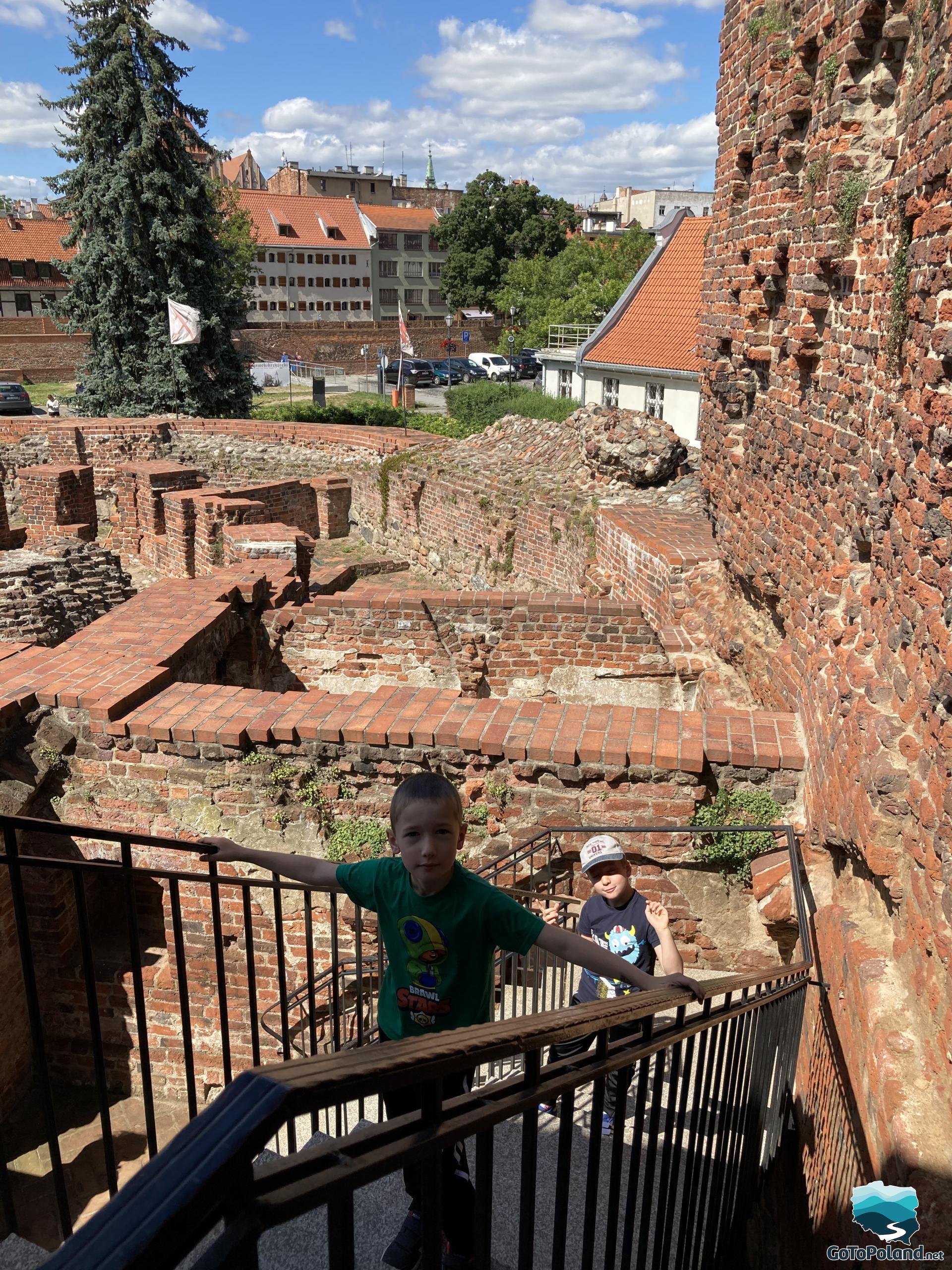 | 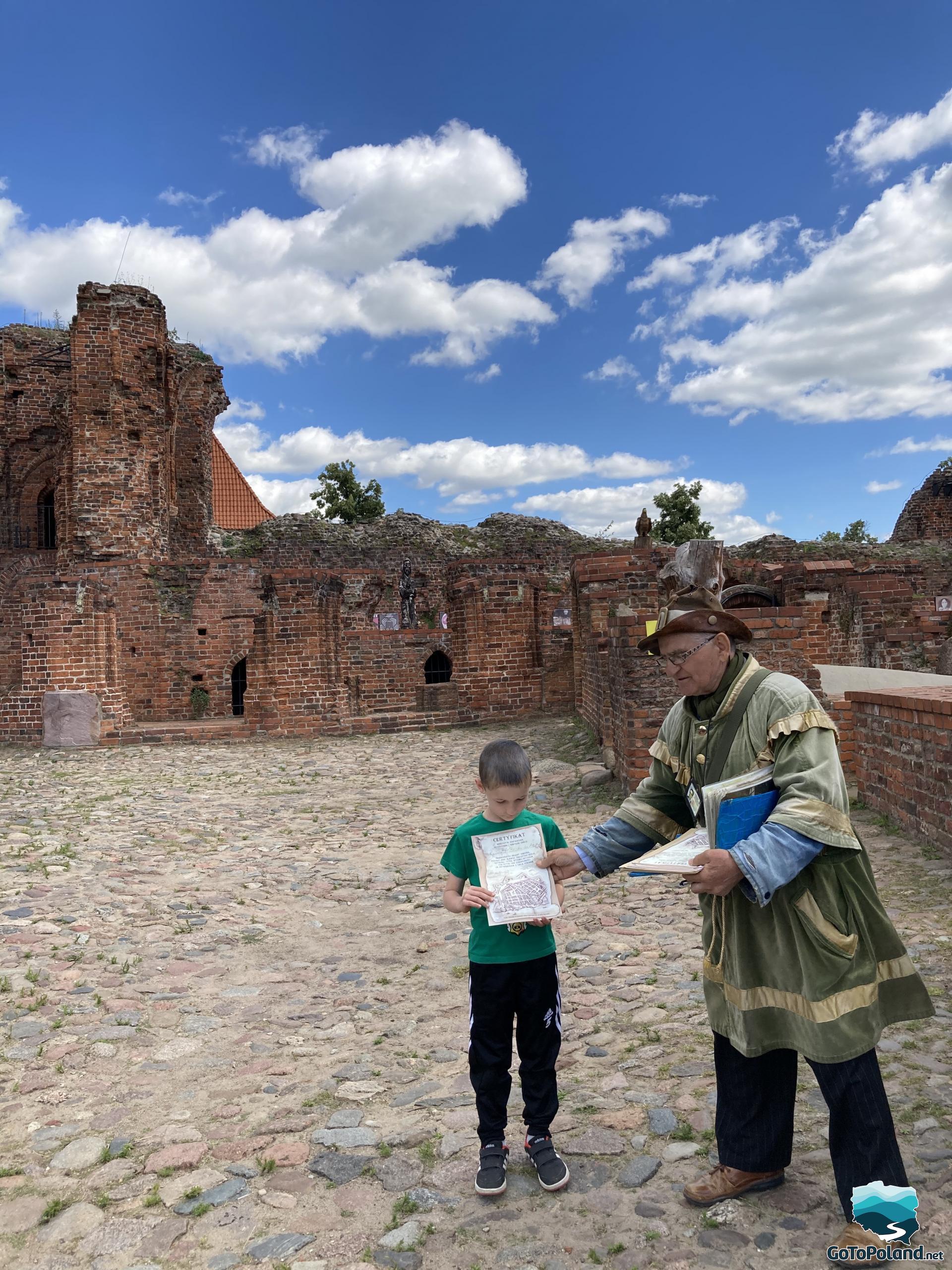 |
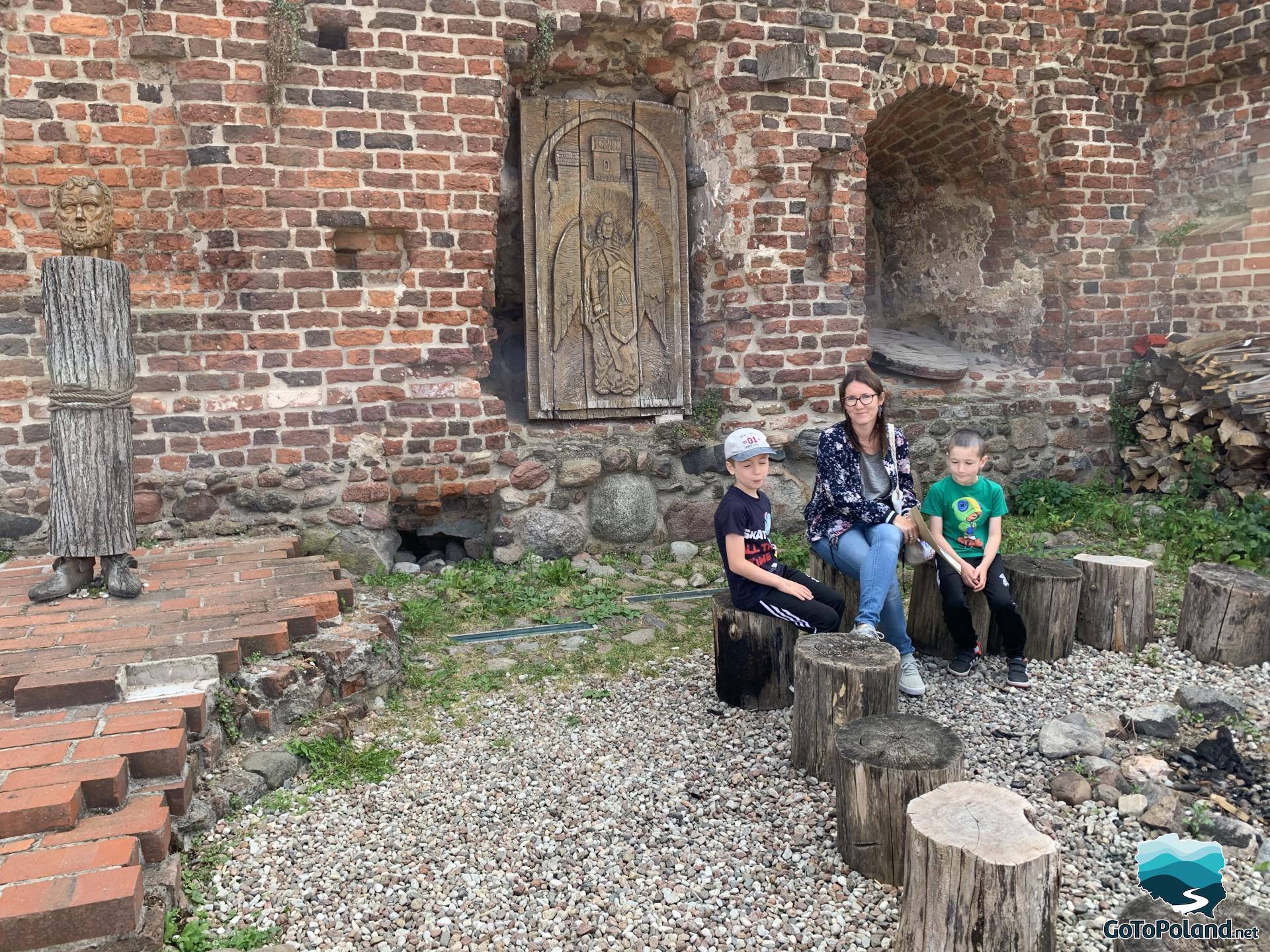
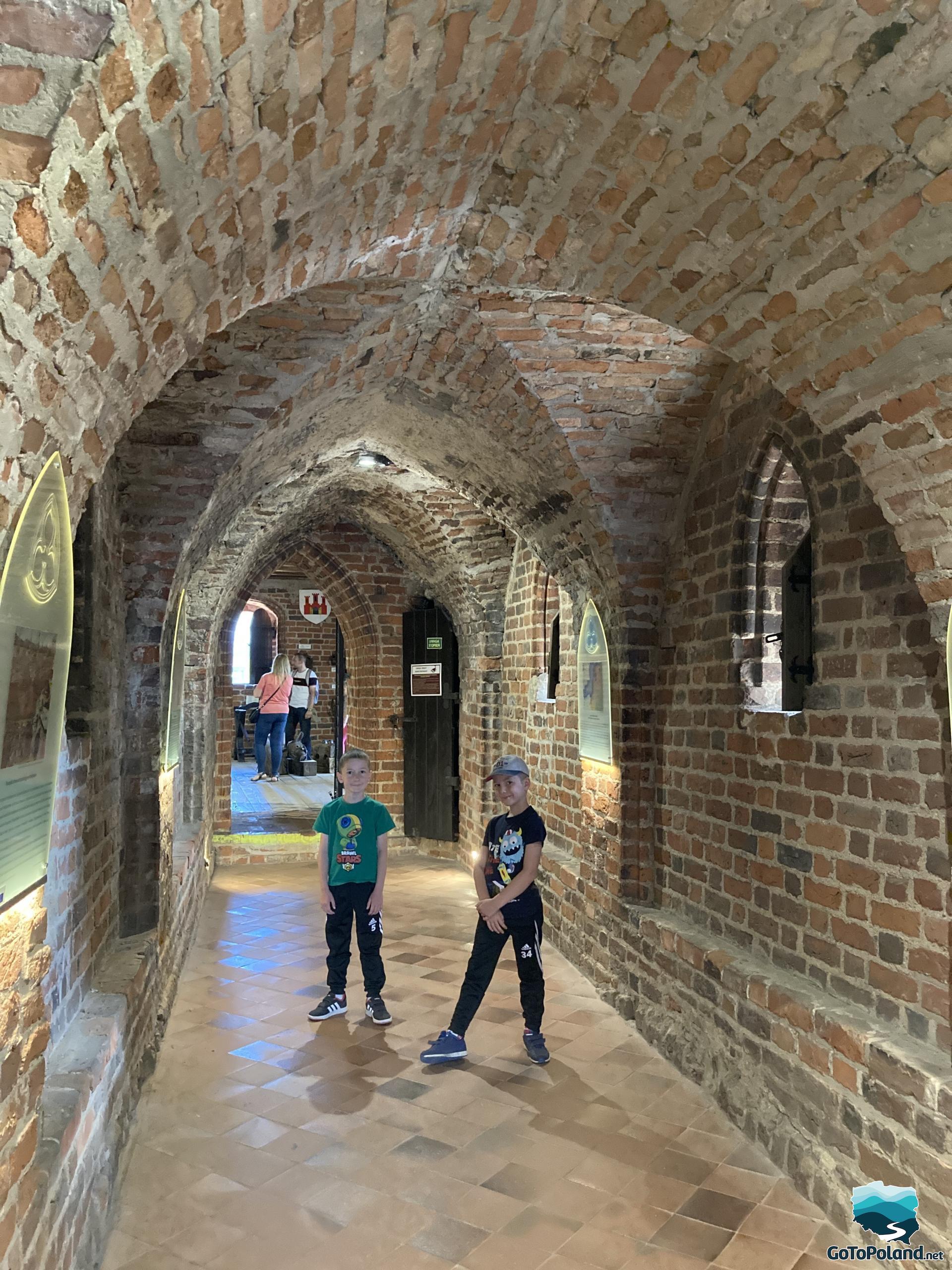
There is also an exhibition of instruments of torture in the castle. Among them are stocks, numerous copies of masks that were put on convicts, such as a mask of shame, liars, a mask of sadness, a mask for suffering "Judas's kiss" and a witch's cross, male and female chastity belts and chairs with nails.
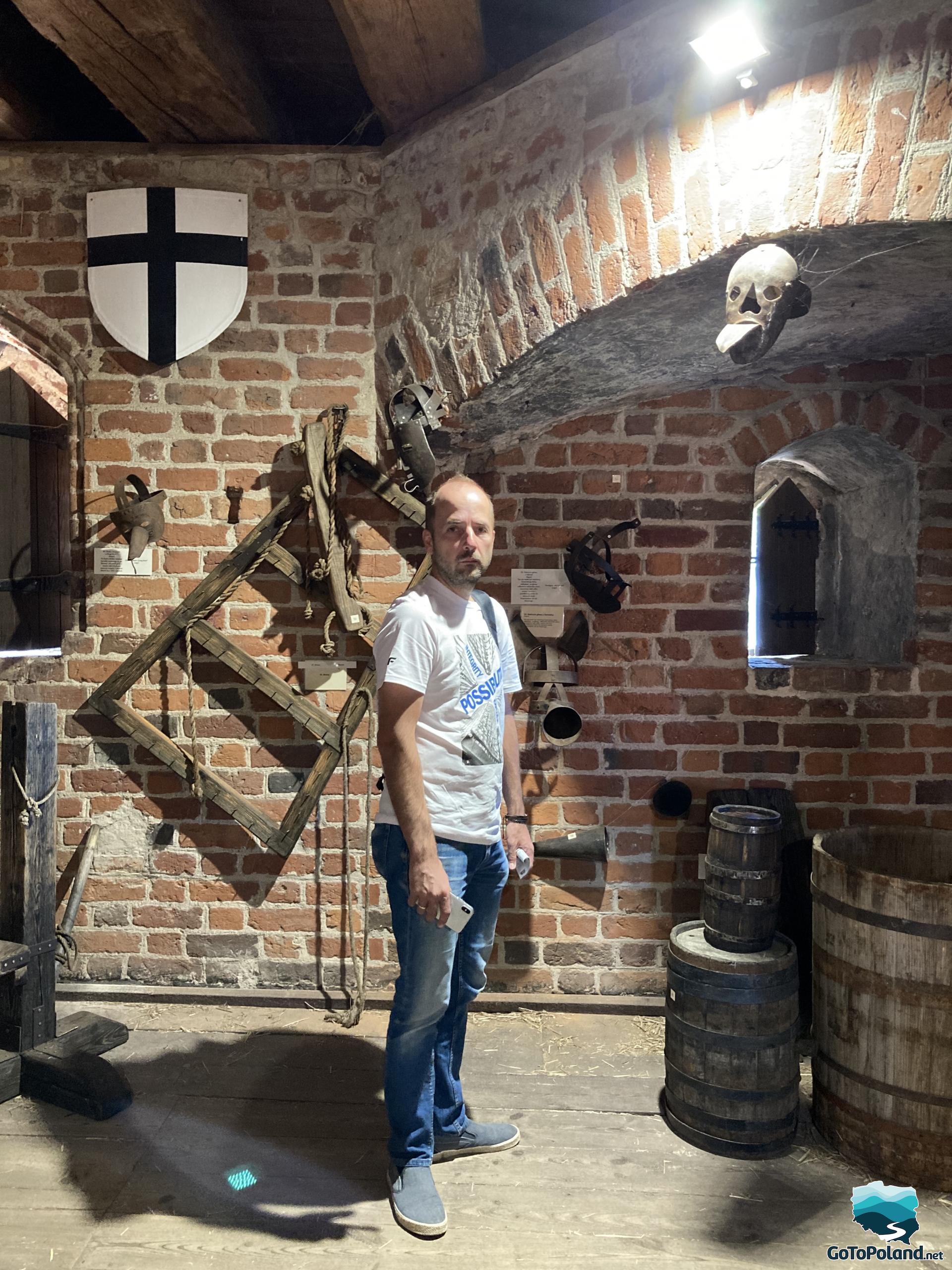 | 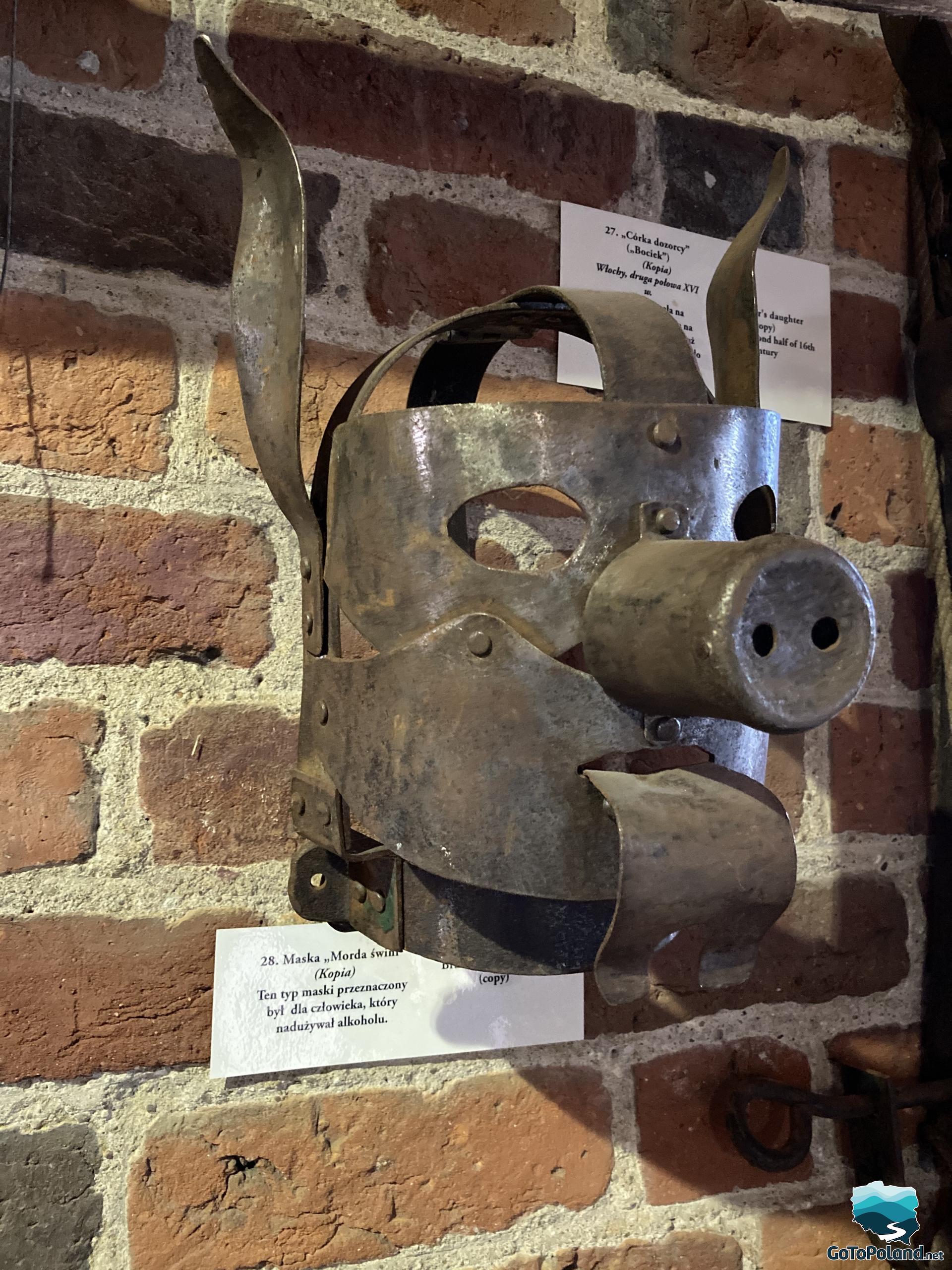 |
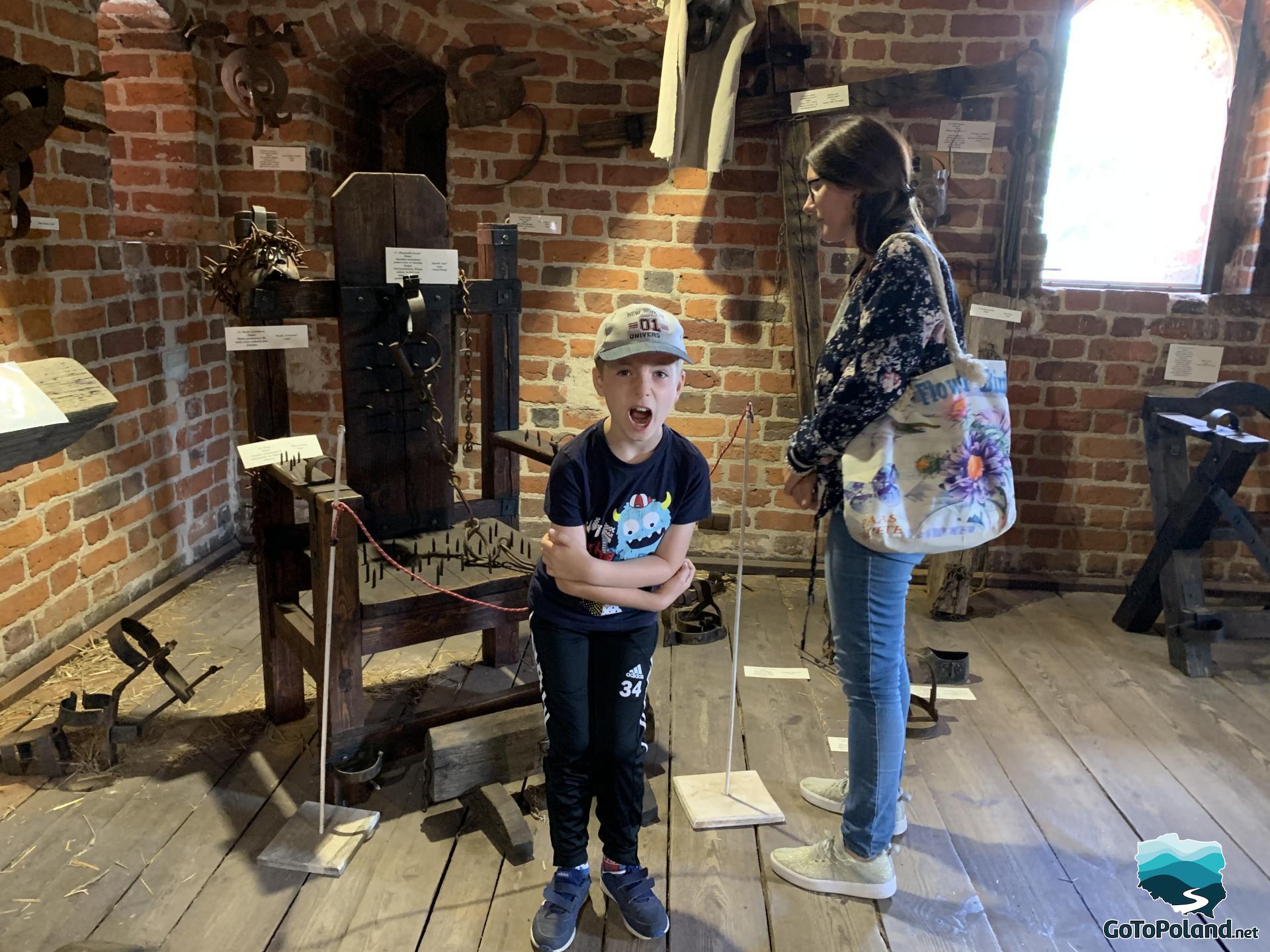

The ceramic dragon refers to the events of 1746, when the dragon was supposed to appear in the Przedzamcze twice! The story of the dragon in Toruń was written down in the city office in August 1746 according to the testimonies of two witnesses. The monster was supposed to be about 2 meters long, with four legs like a lizard, but fused with membranes like a bat. The dragon was supposed to be black or dark grey. According to both relations, the dragon appeared near the Przedzamcze and there is now a statue of him.
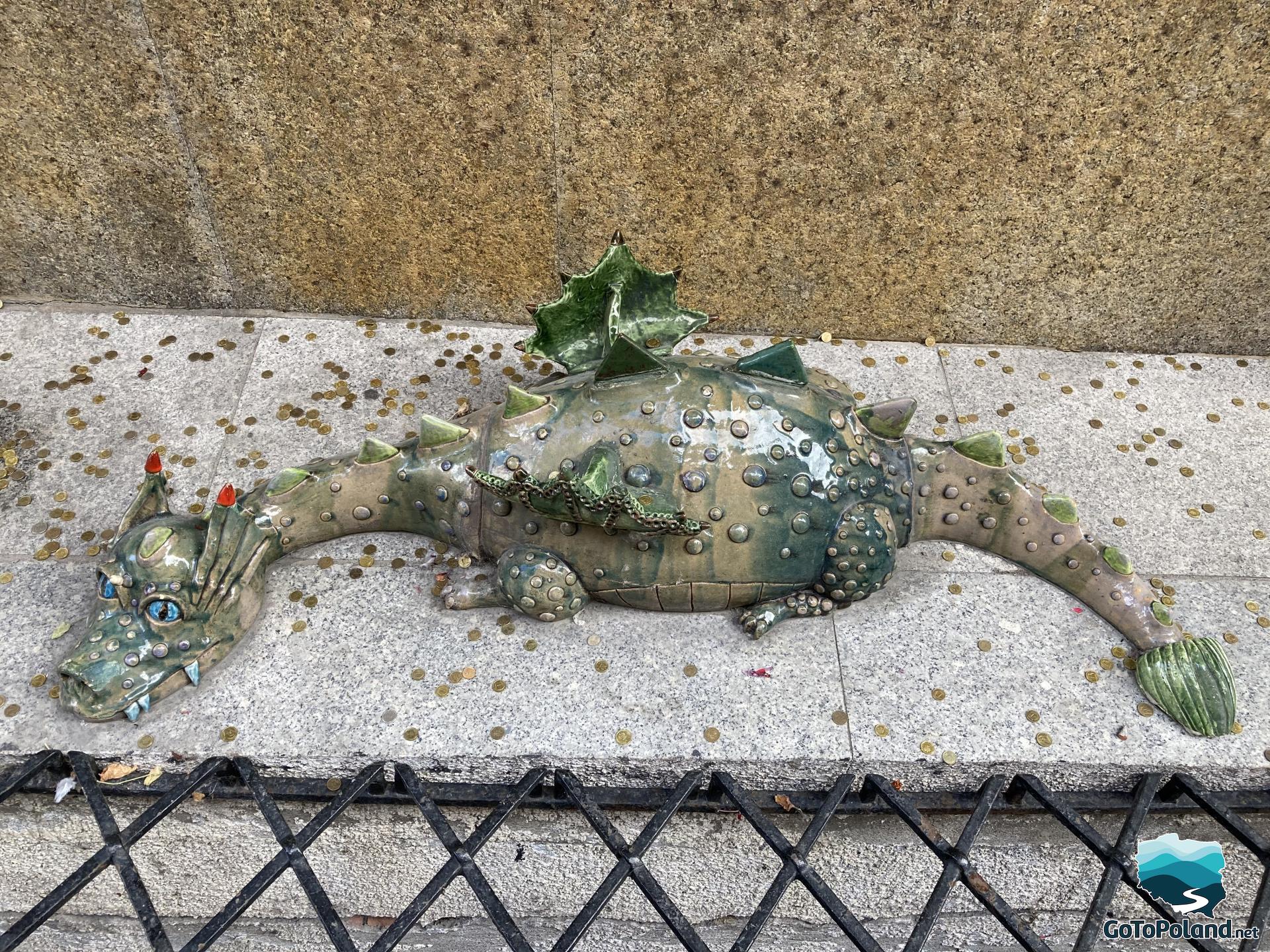
On the "Nowomiejski" Market Square there is a figure of a tradewoman. The figure "crouched" on one of the benches by the Evangelical church, holds a goose under her arm, she also has a basket from which eggs spill out, and a scale at her feet. The sculpture refers to the market function assigned to the "Nowomiejski" Market Square.

A graceful sculpture of the Gingerbread Woman Maker. She has a basket full of Toruń gingerbread - "Katarzynki". The figure commemorates Toruń's gingerbread traditions dating back to the 14th century.


The figure of the donkey refers to the punishments used in the old Toruń for minor and more serious crimes, performed here - near the guardhouse. From the 15th to the 19th century, in the place of the current statue of Nicolaus Copernicus, there was a traditional pillory in the form of a pole, at which punishments were carried out for convicts: they were whipped and their limbs cut off. In the 17th and 18th centuries, a wooden donkey with a sharp back covered with sheet metal stood in front of the guardhouse. Disobedient soldiers were seated on it, and to their legs lead weights were tied, increasing the severity of the punishment.
The original donkey stood here until 1797.
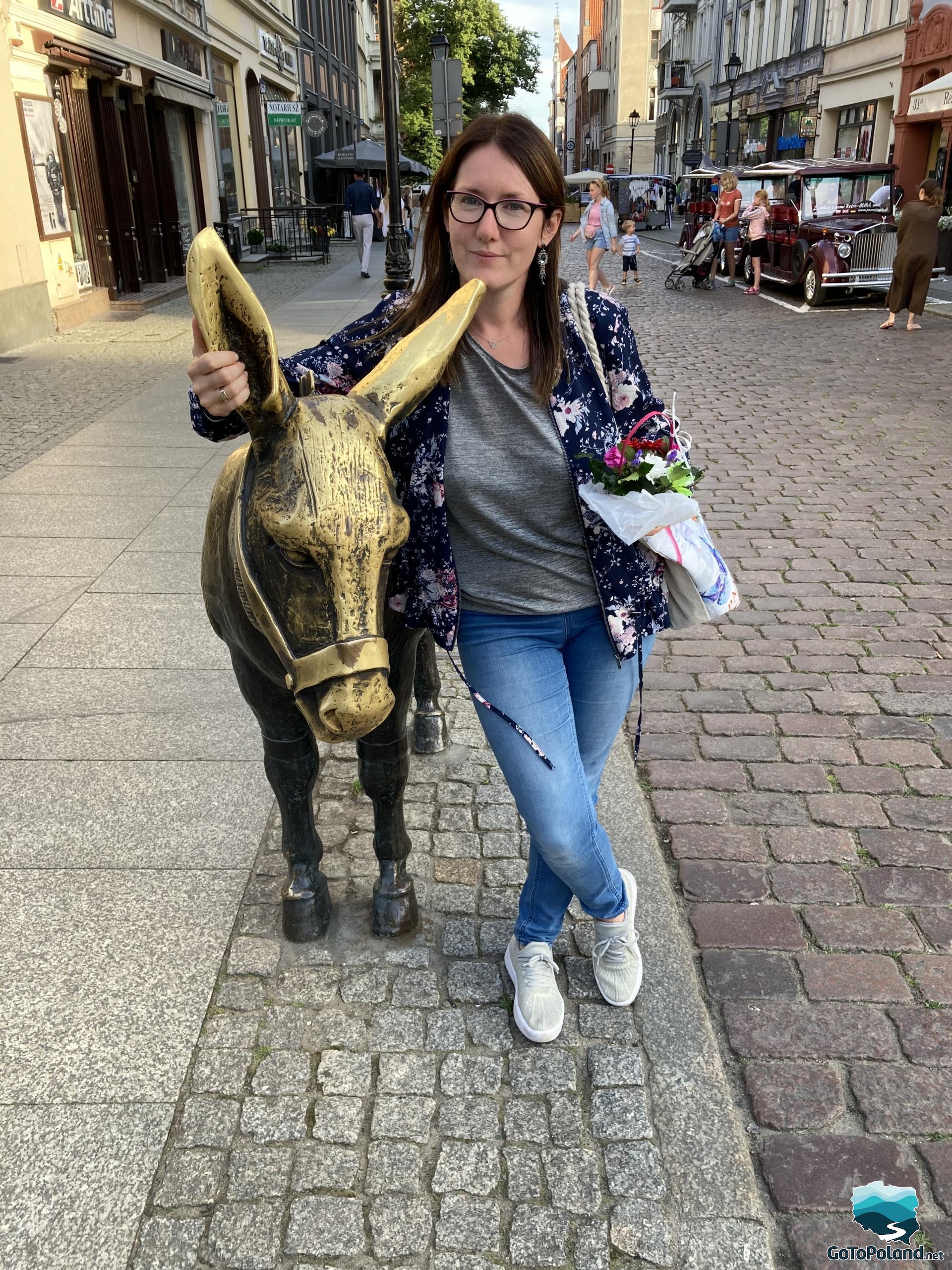
A small sculpture of Filuś, a dog known from comics, with an umbrella from his master, Professor Filutek.
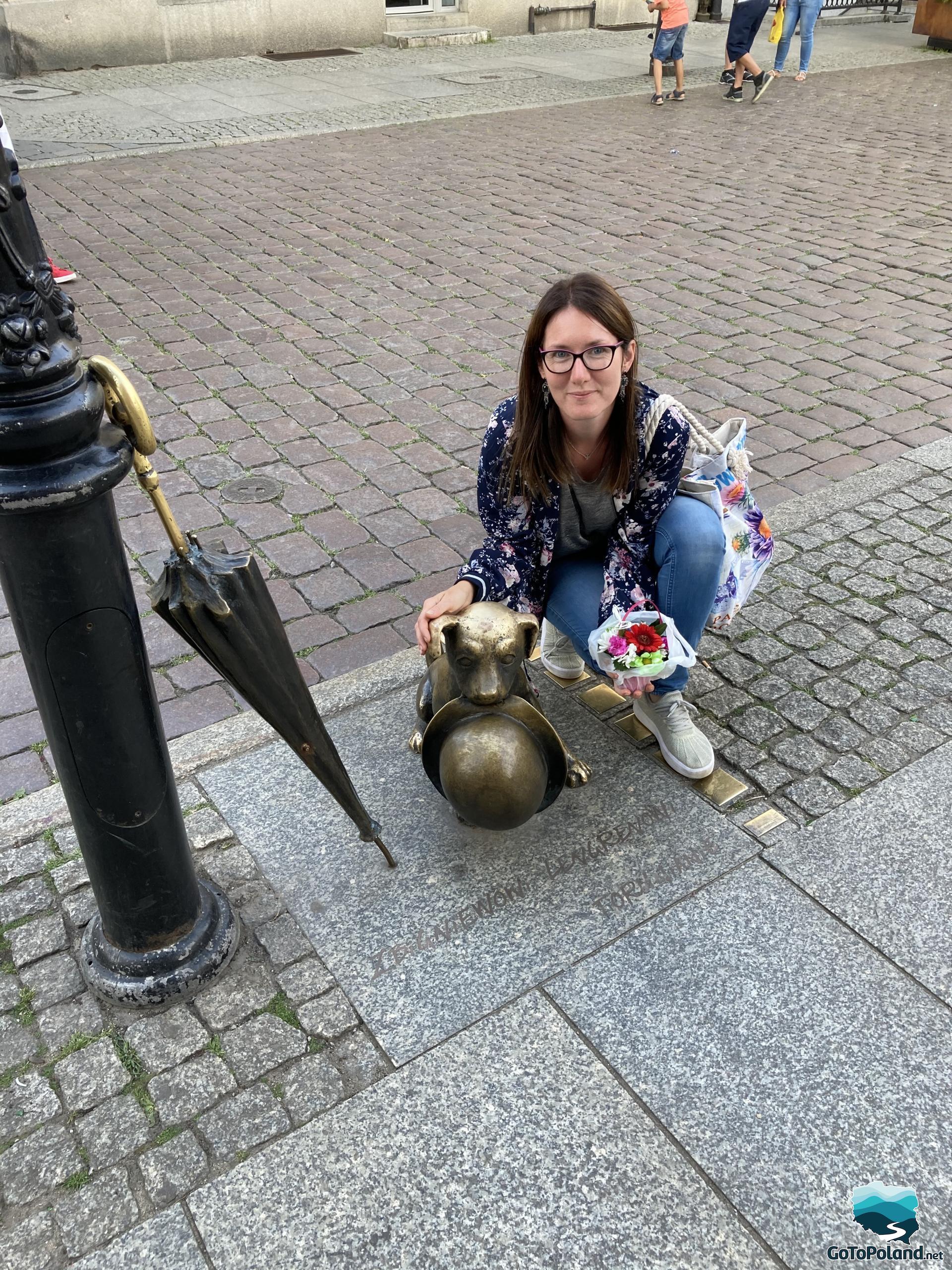
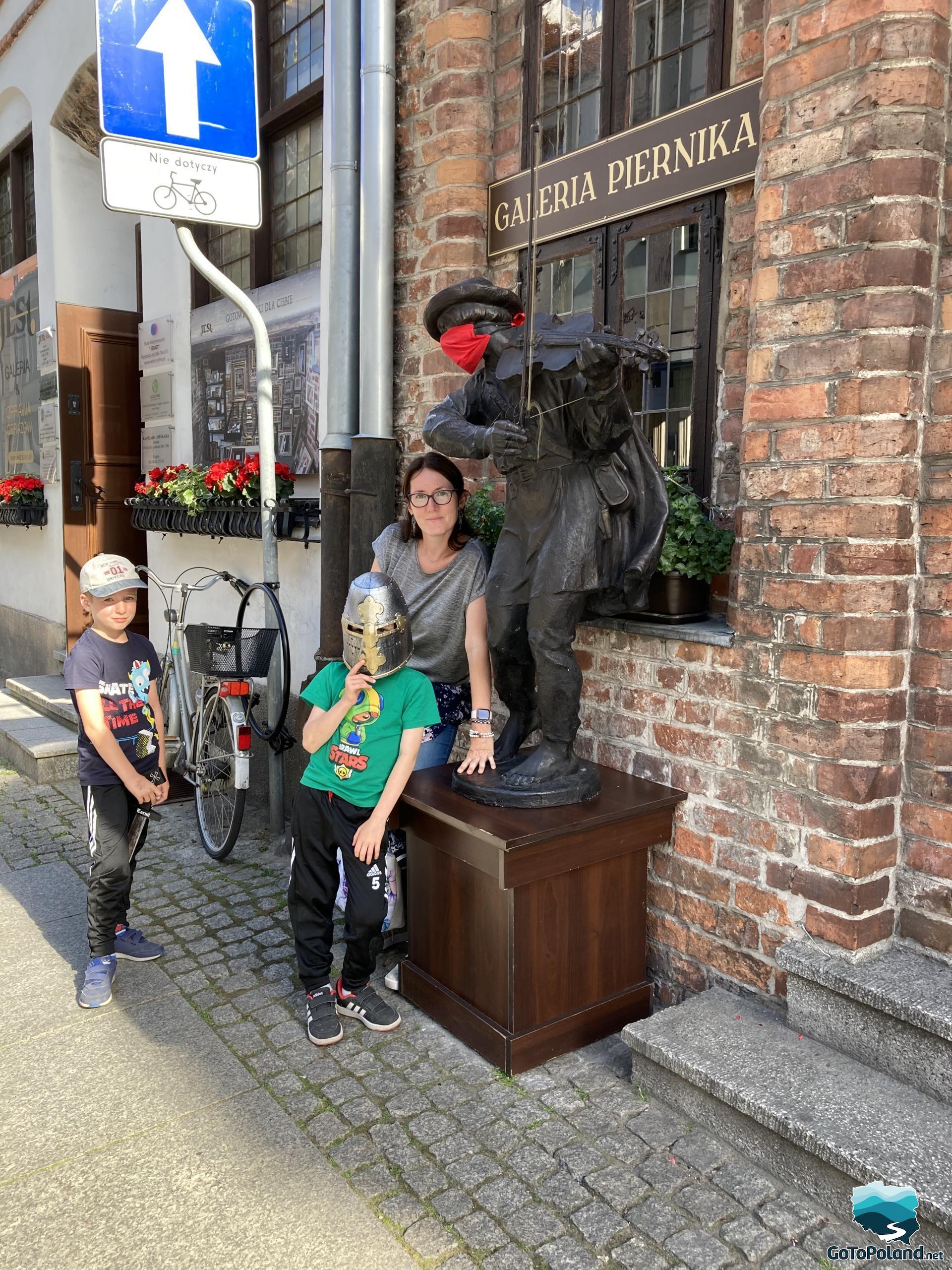
It was like a journey to the old times!!! Toruń's Living Museum of Gingerbread is the first interactive facility of this type in Europe. Crossing the gates of the museum guarantees a journey back in time. It magically transports you to the Middle Ages, where - under the guidance of a Gingerbread Master and a learned Spice Witch, you will learn about all the rituals related to baking gingerbread. You will prepare the dough yourself, and later, using wooden molds, you will bake Toruń specialties from it.


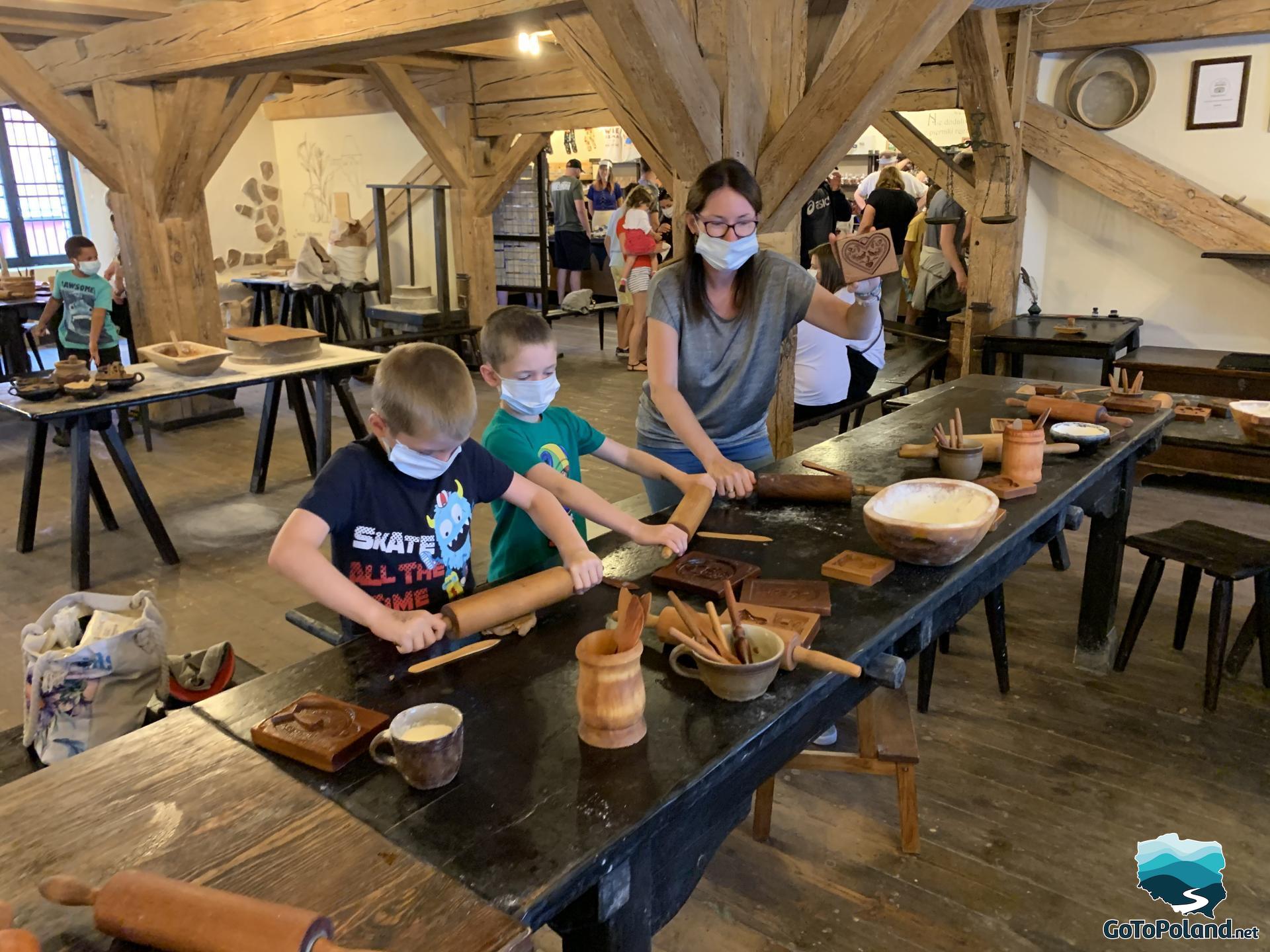
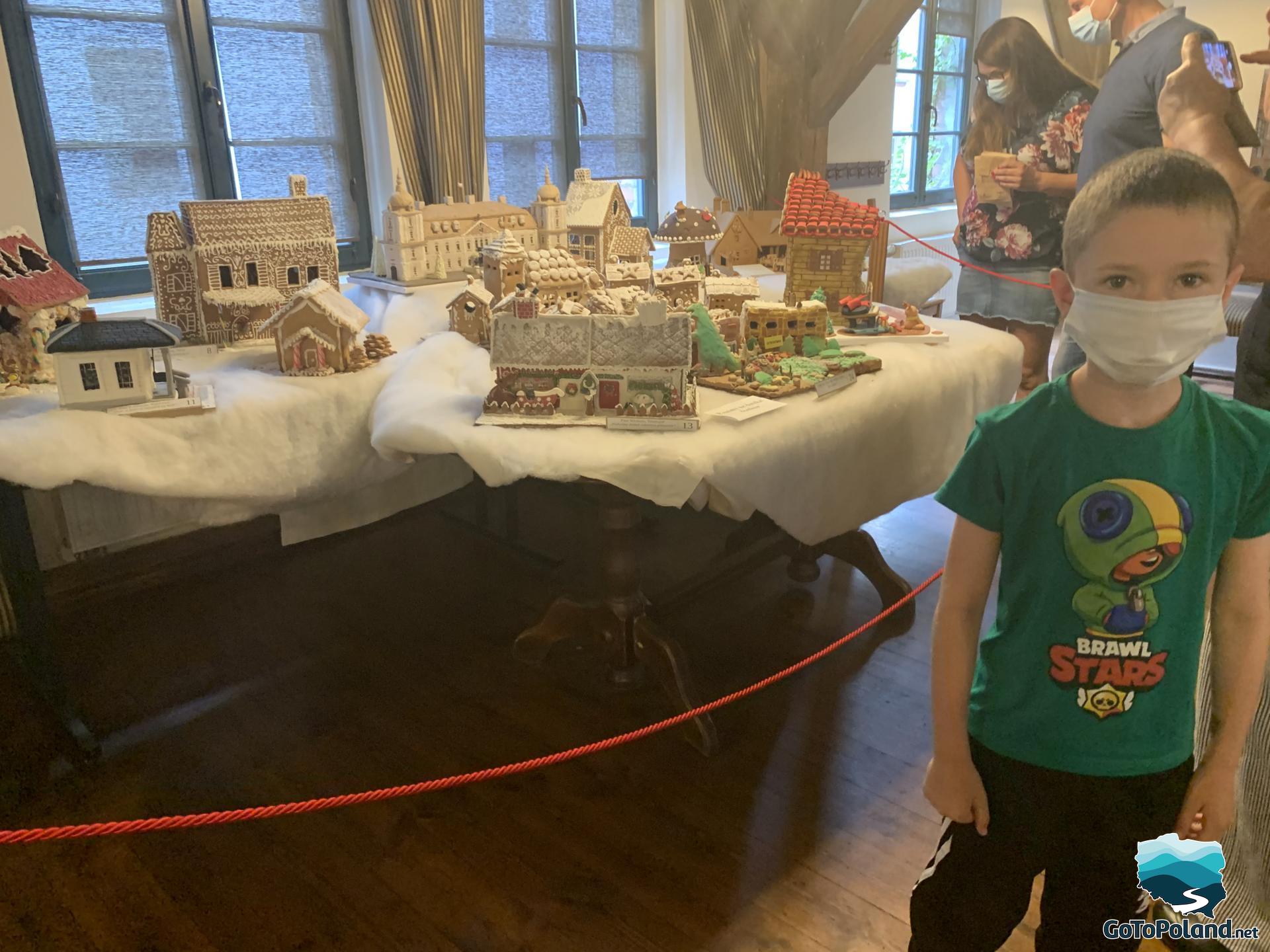

The Leaning Tower was built at the turn of the 13th and 14th century. Originally there was no wall on the town side, which made it easier for defenders to drag ammunition up to the higher storeys. In the 15th century the missing wall was added and a prison cell for woman was established changed in the 19th century into a forge and dwelling place.
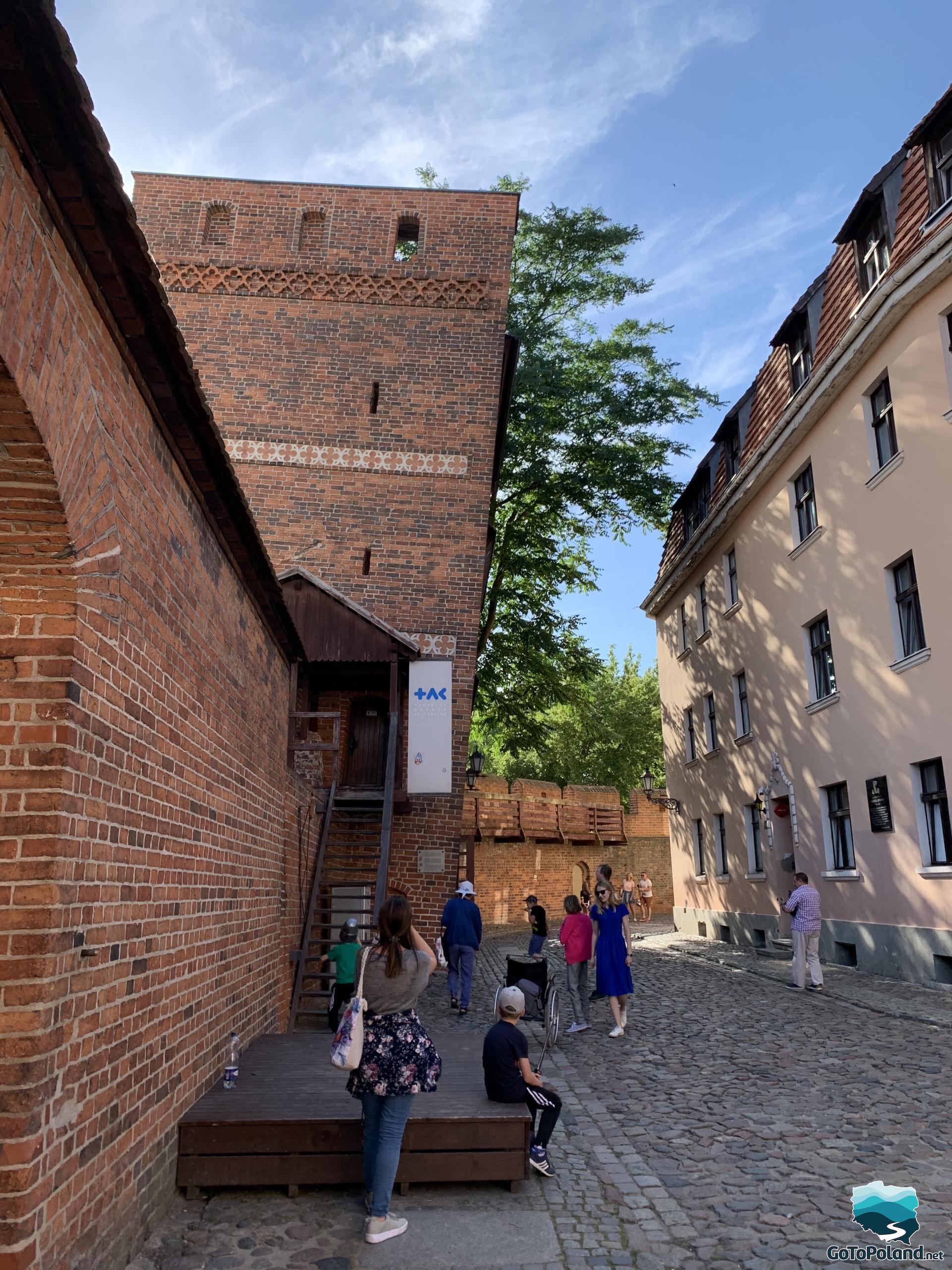

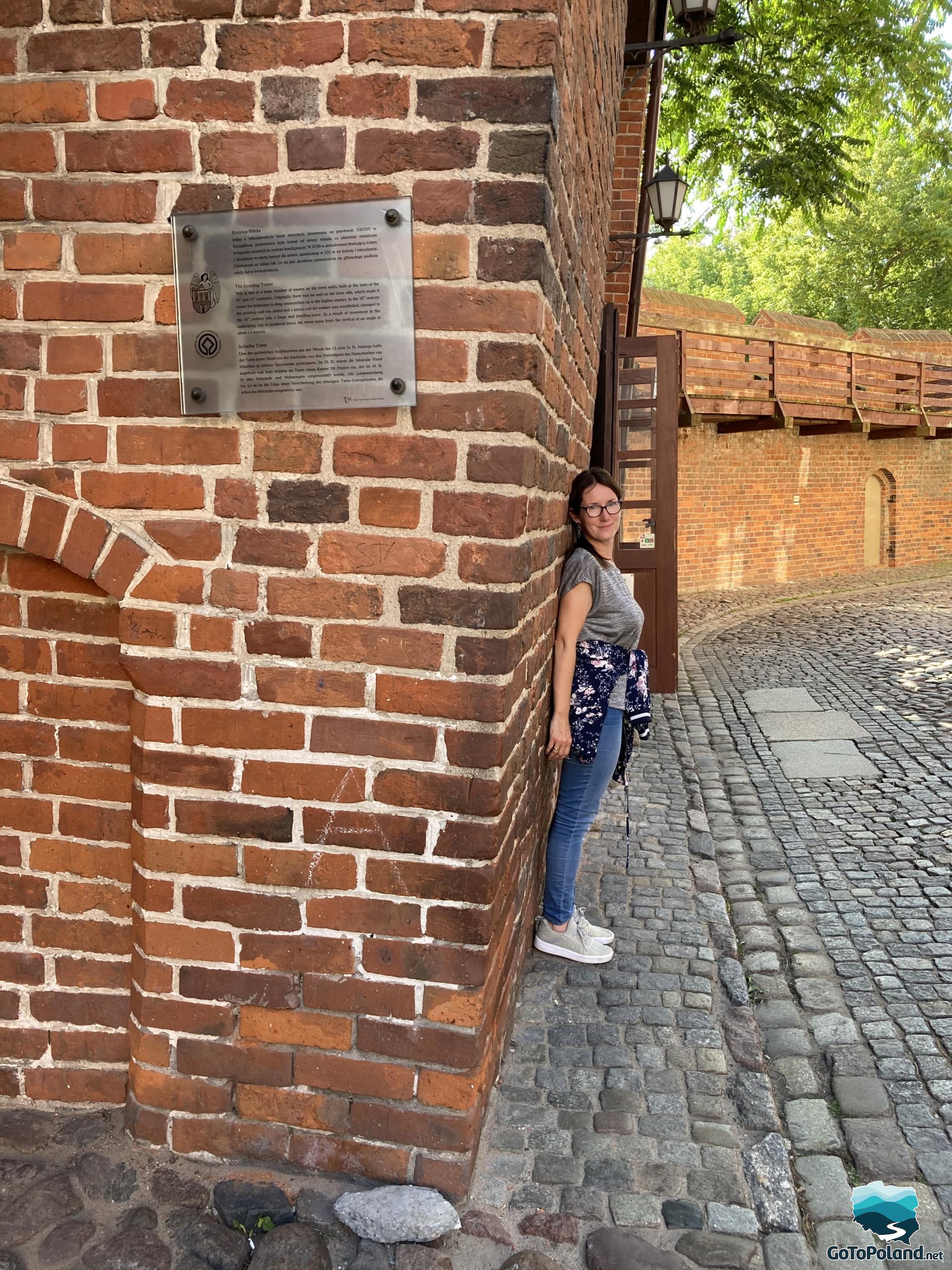

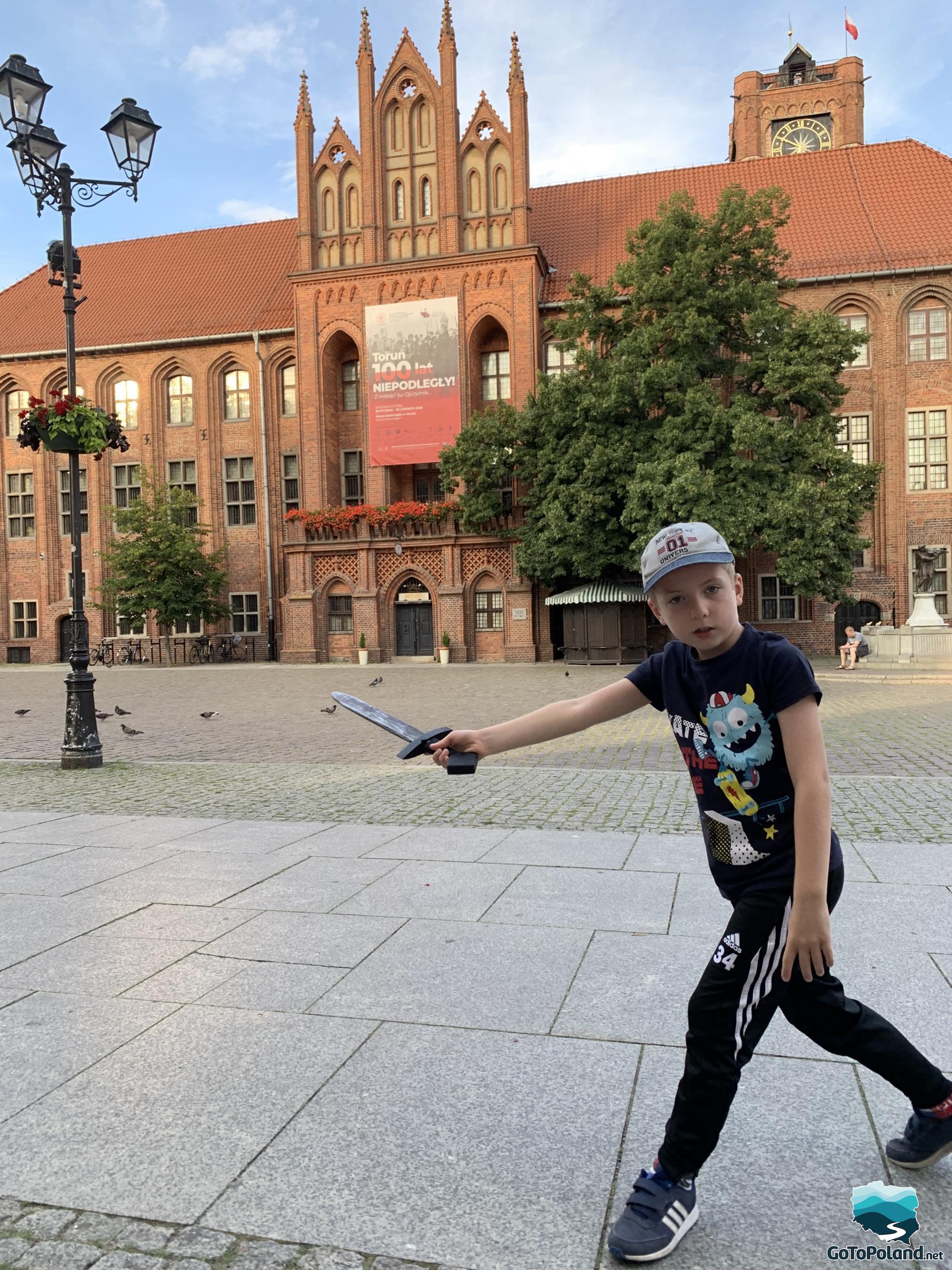
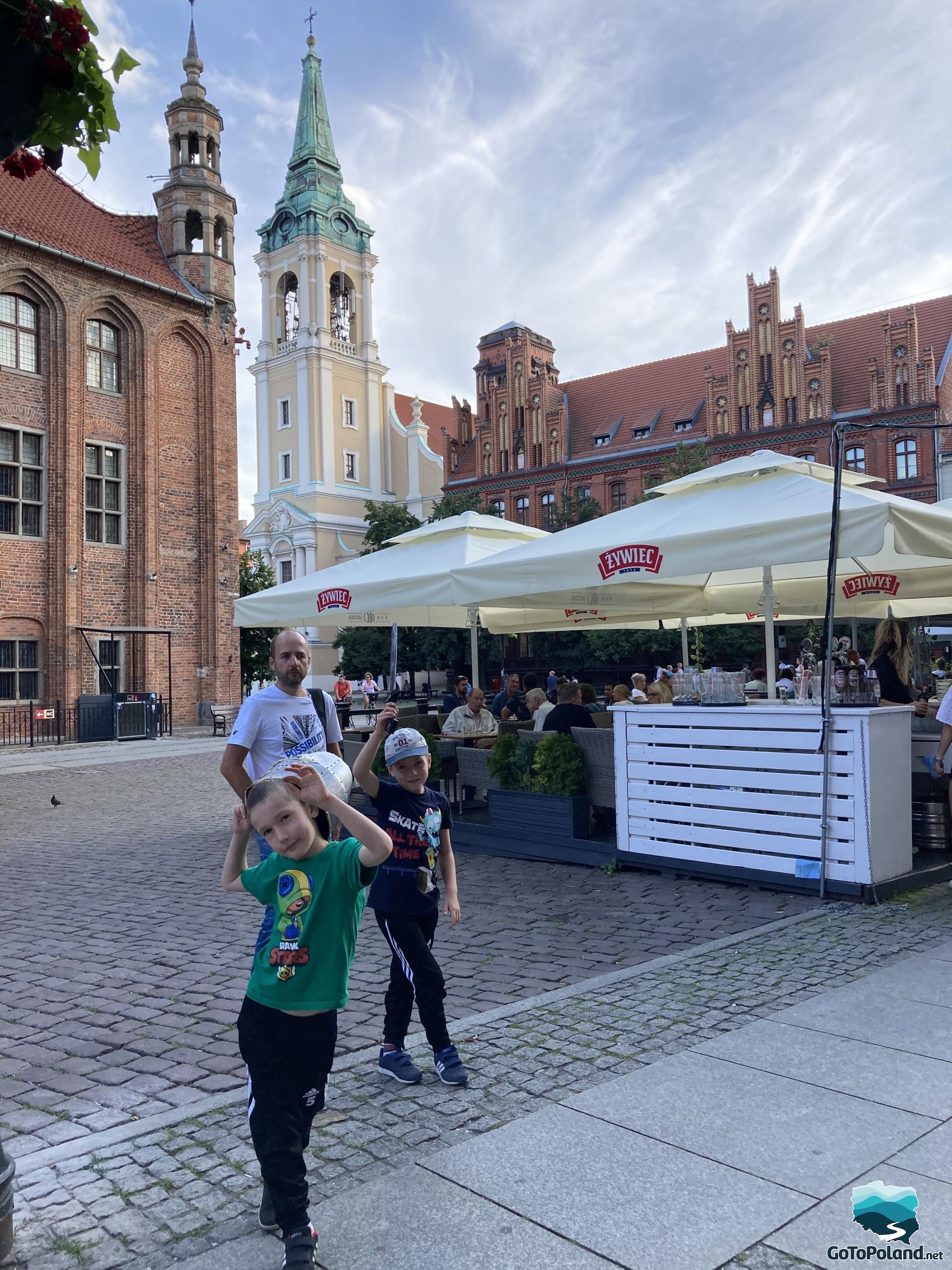
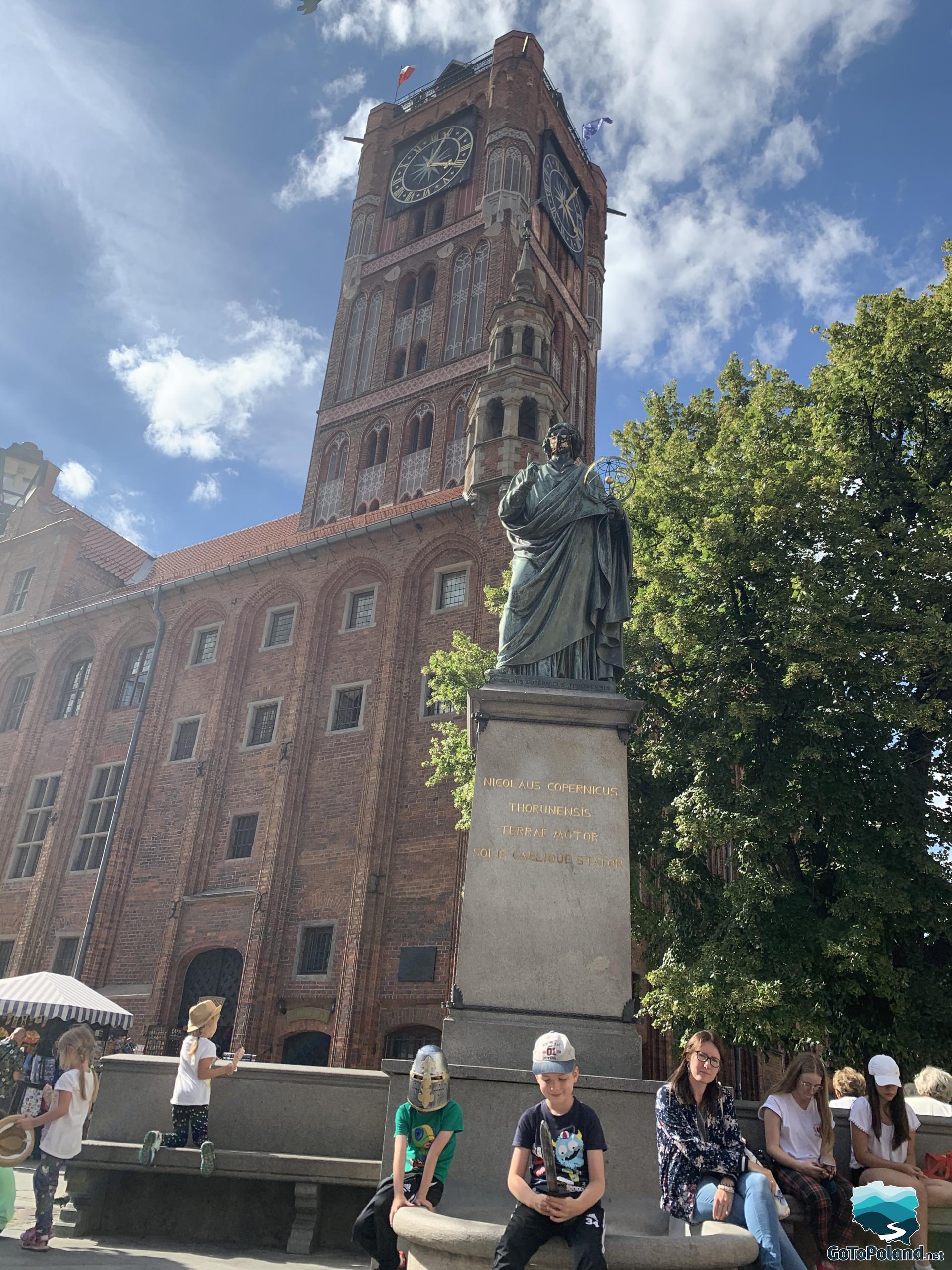
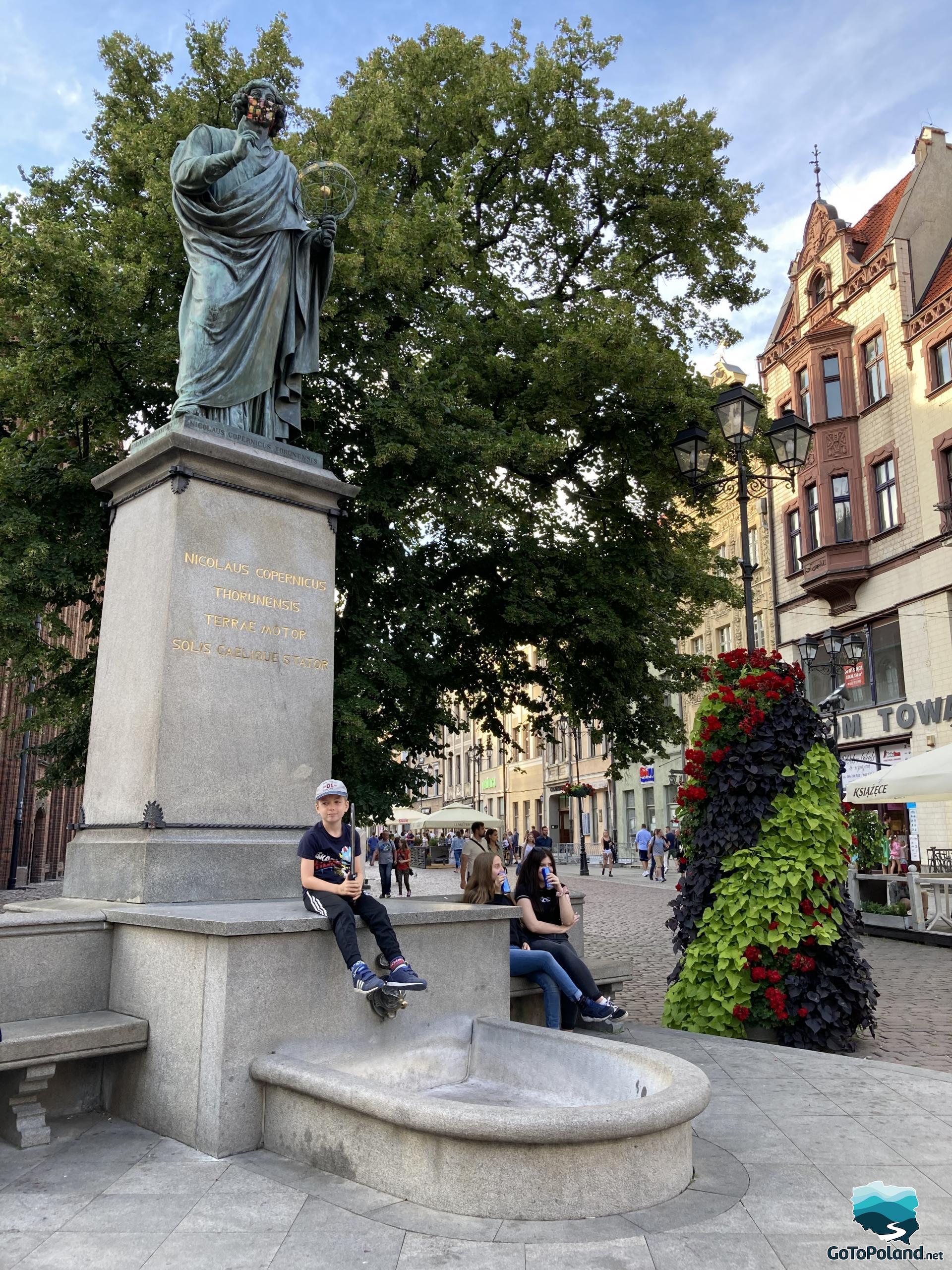
We came to Copernicus' house.
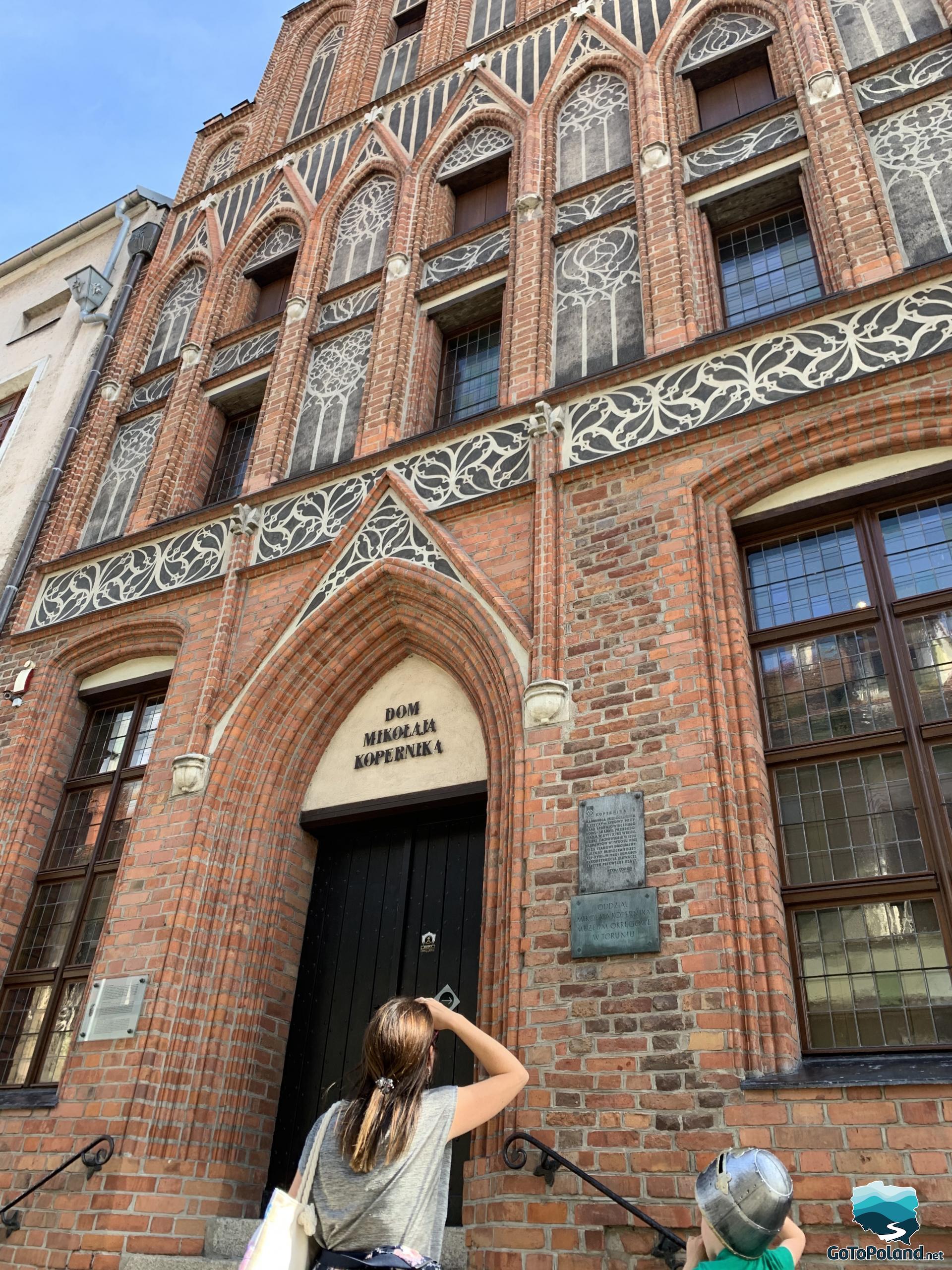
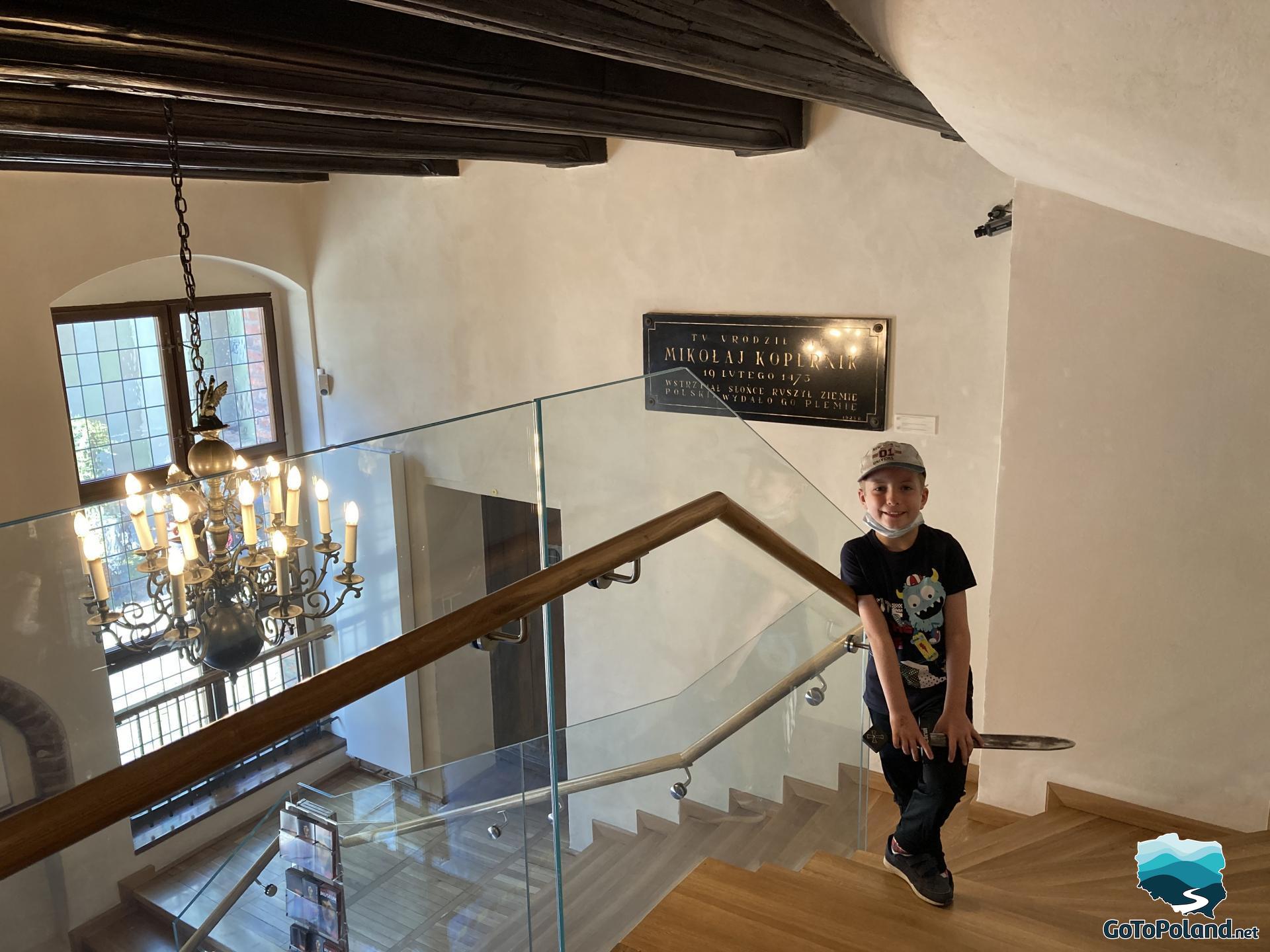
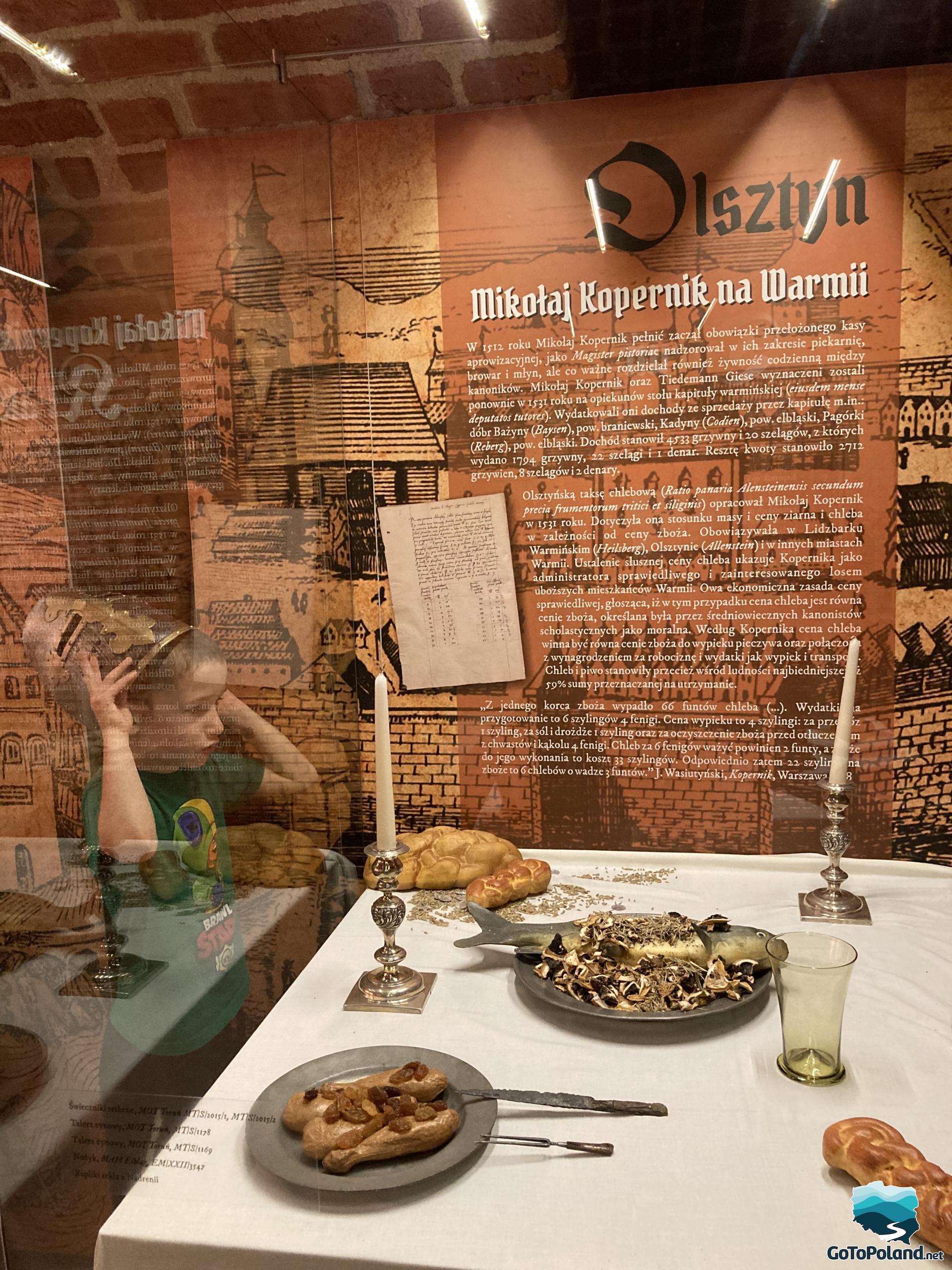
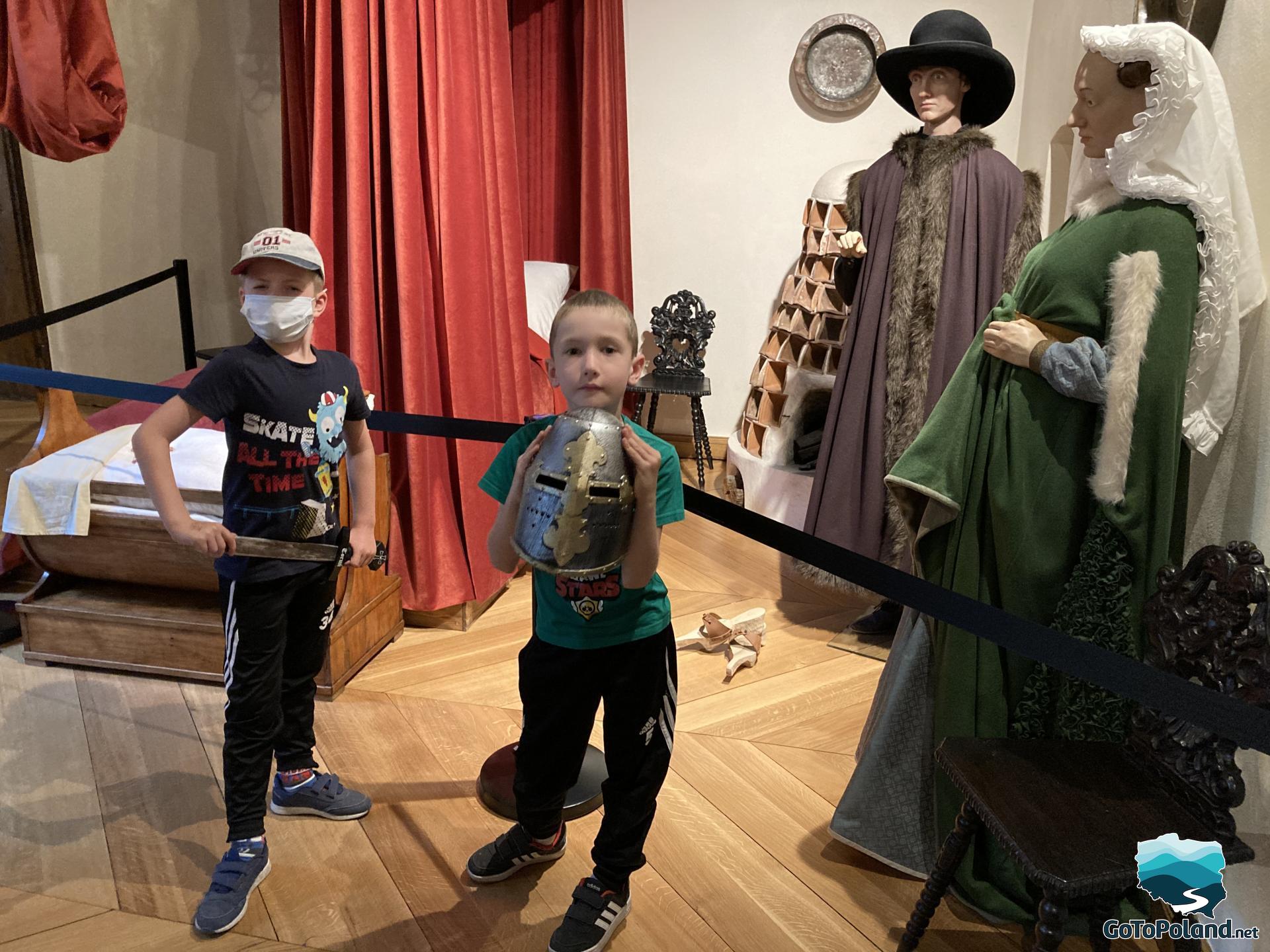
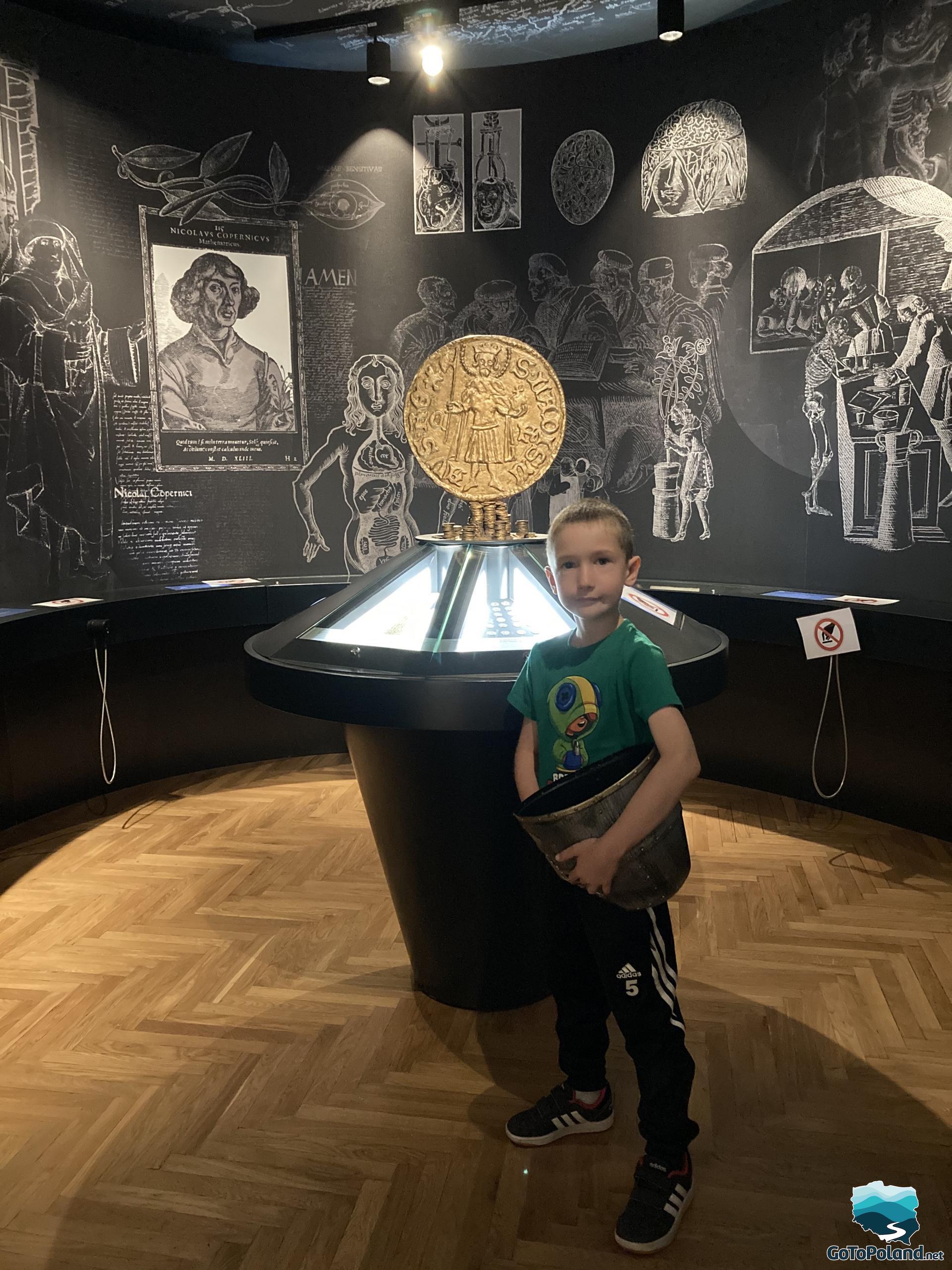

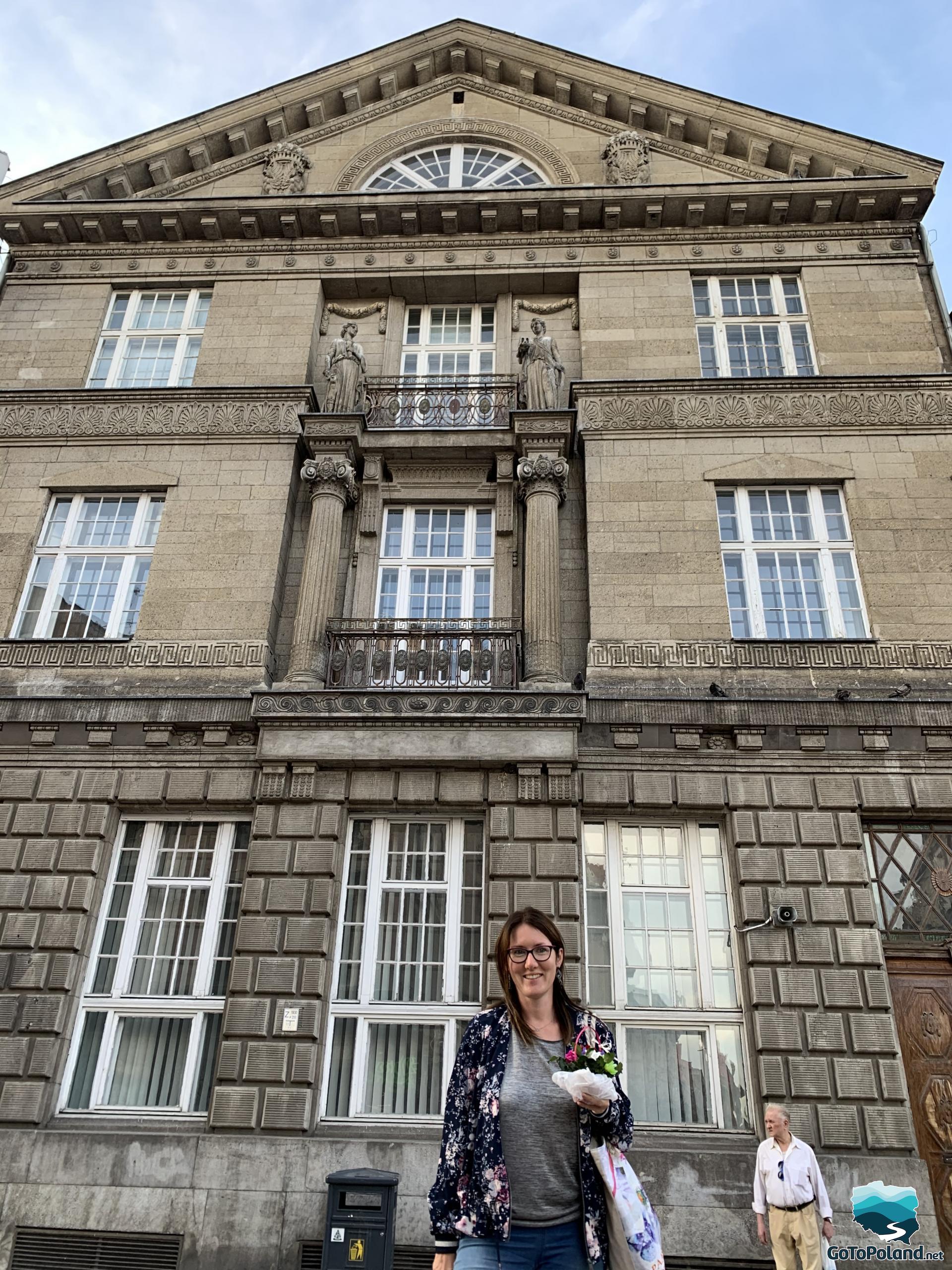
The Town Hall Tower in Toruń is one of the oldest monuments in Poland, it is also the oldest market tower in Central and Eastern Europe. Its form refers directly to the Flanders' Beffroi towers in cities with which Toruń has maintained close contacts since the 13th century.
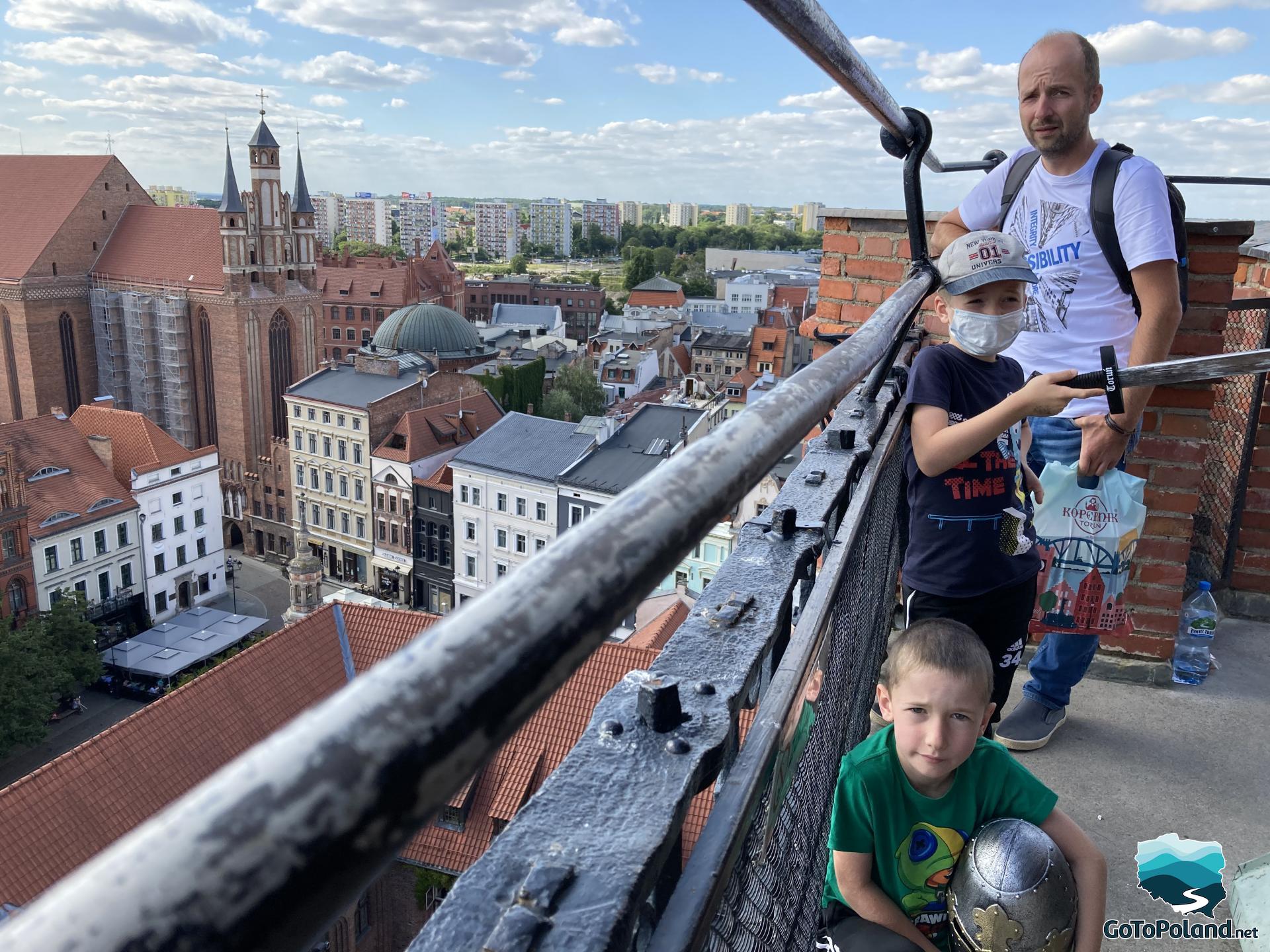
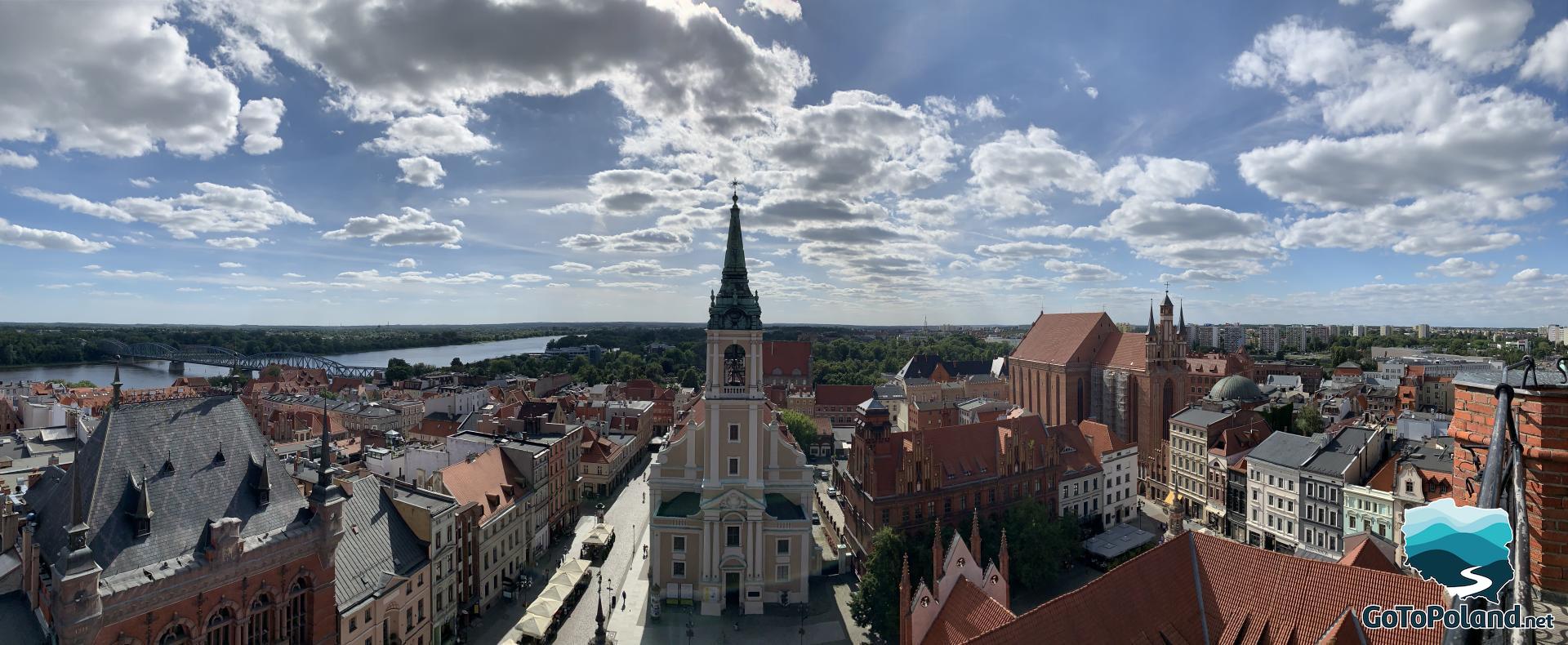
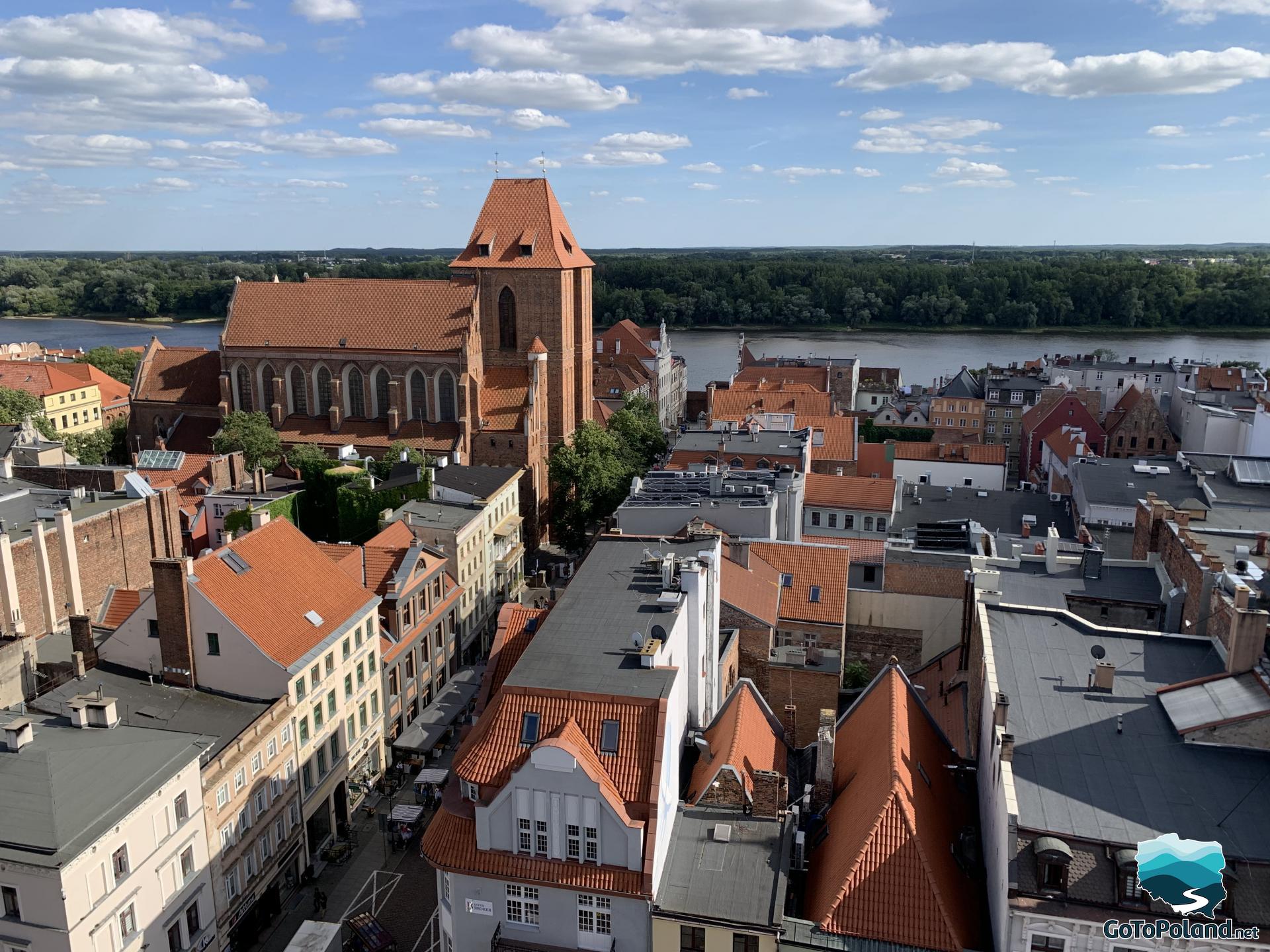
Behind us is a dolls theater that has been operating since 1946.
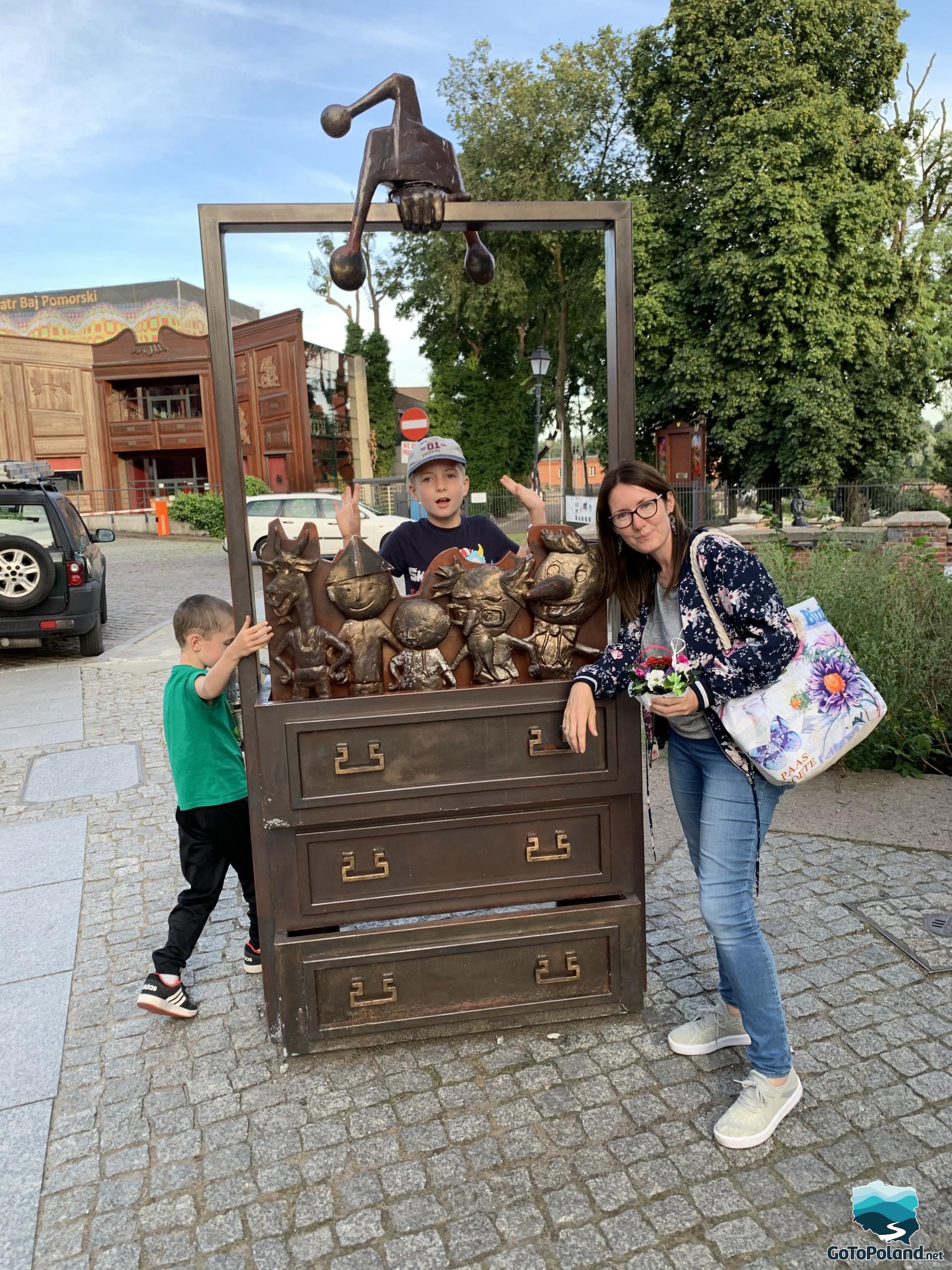

The proposed sightseeing route in Toruń on the map looks as follows
How to get to Toruń

